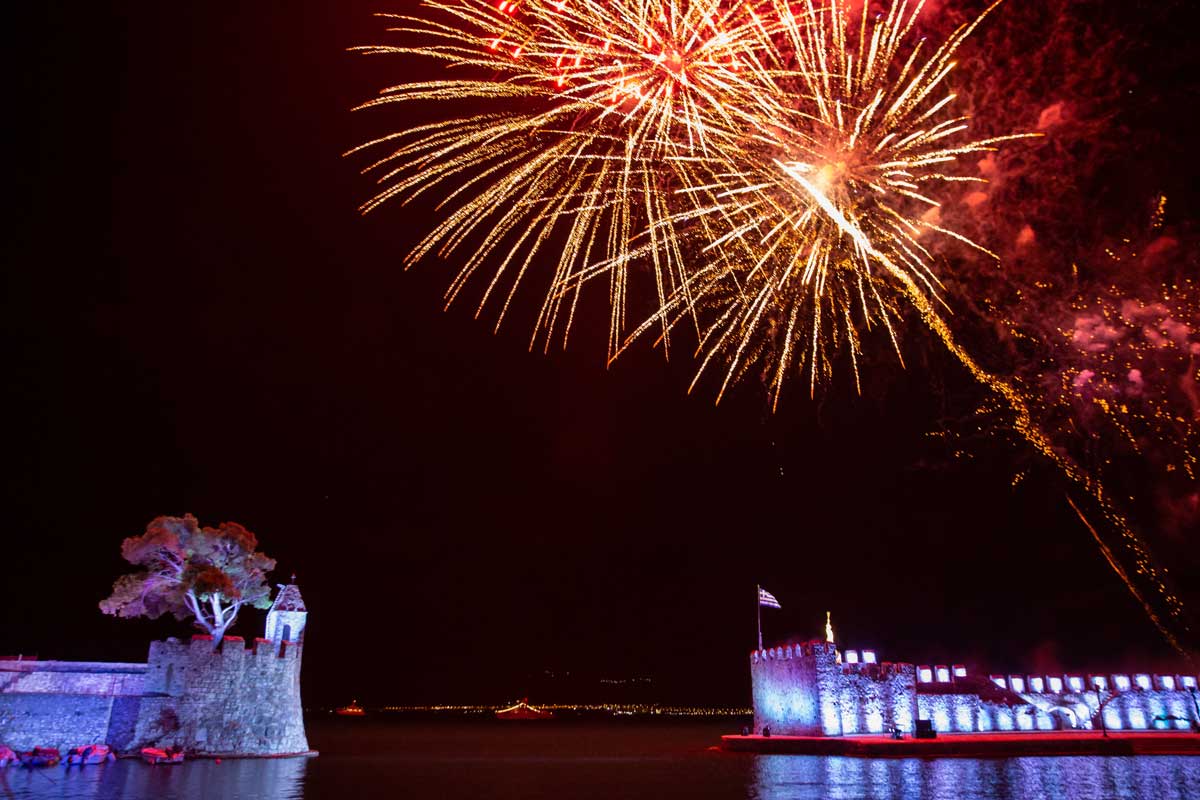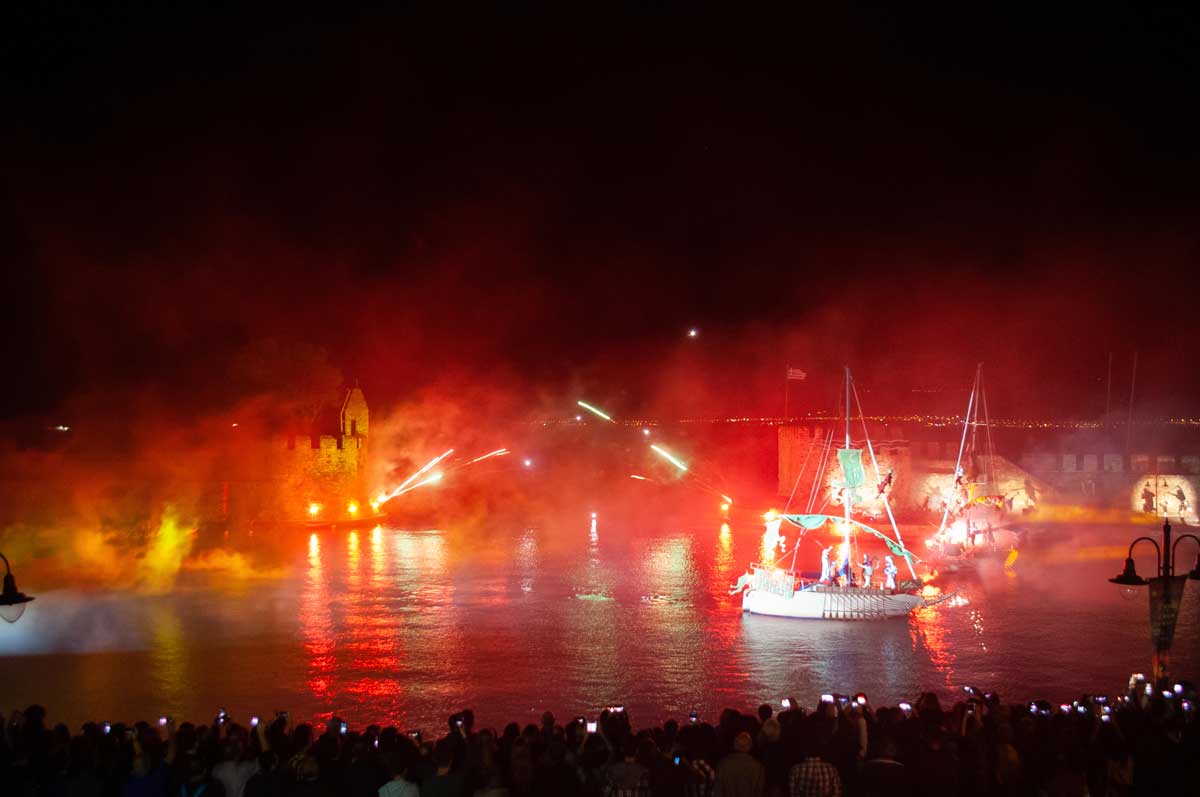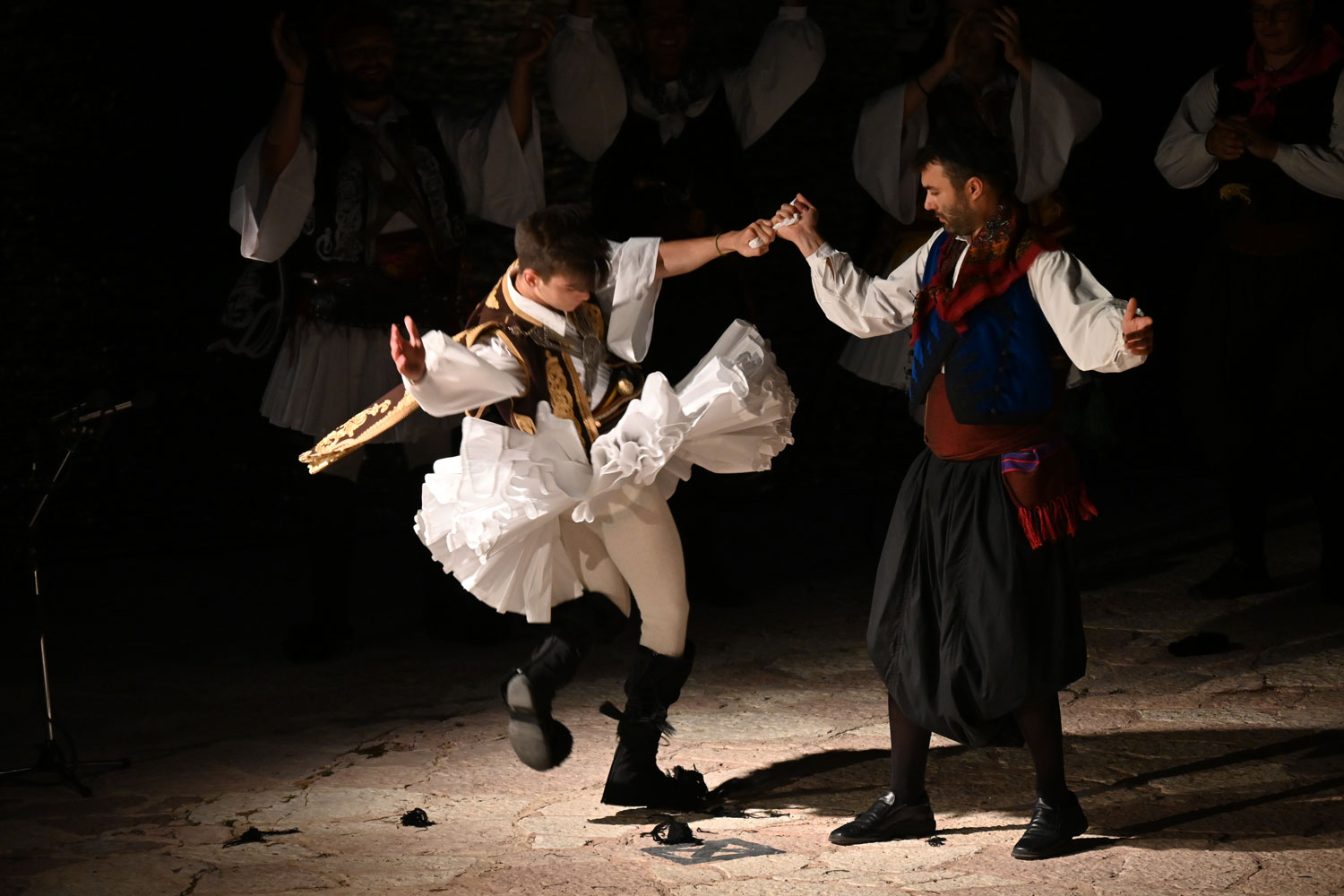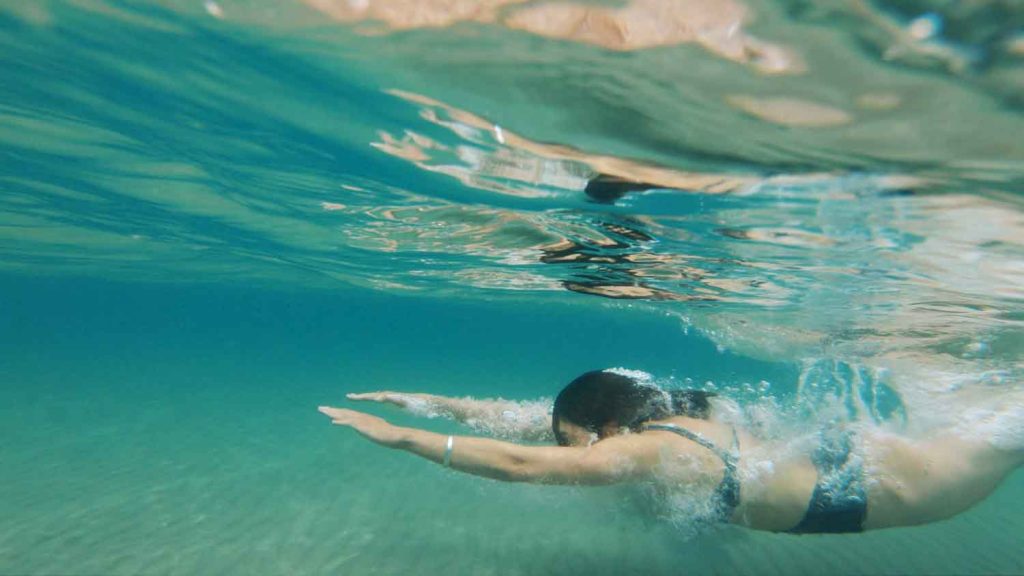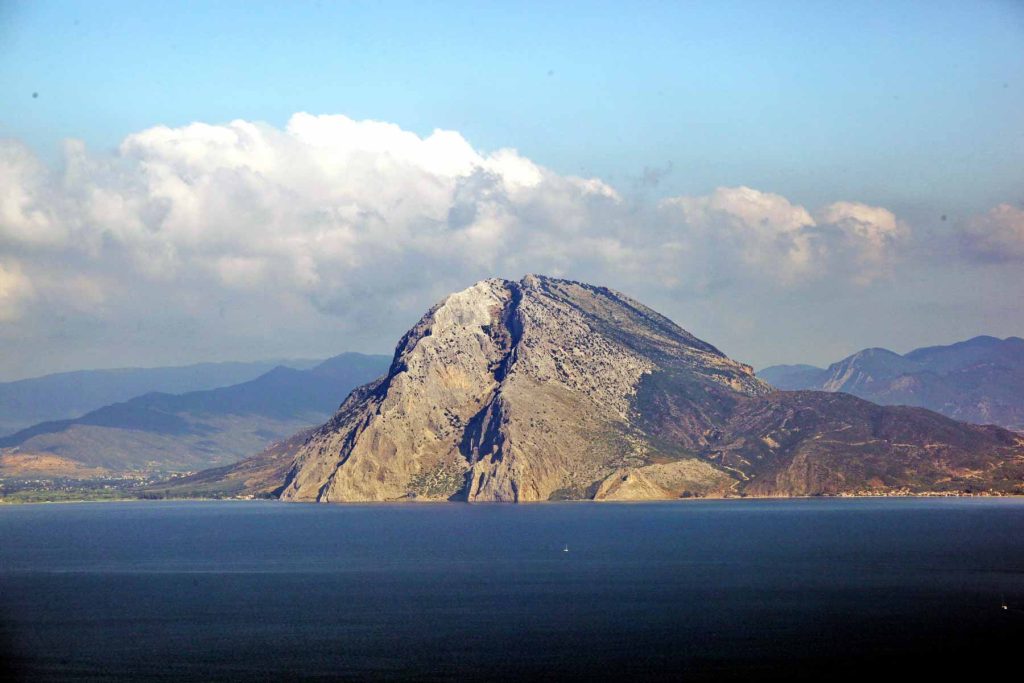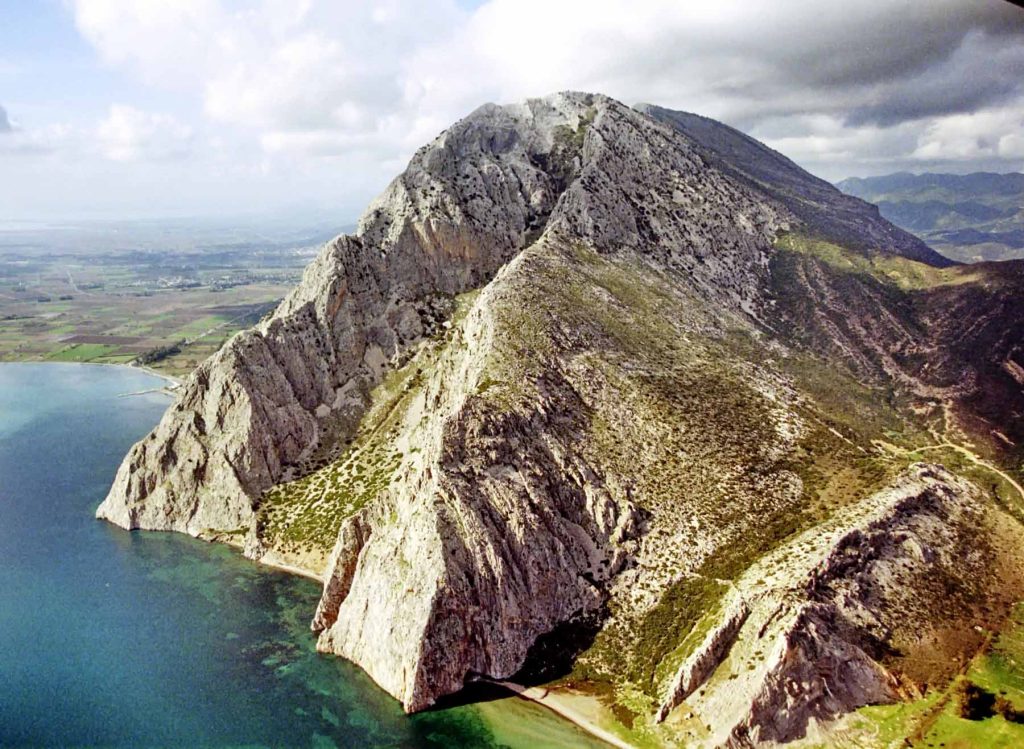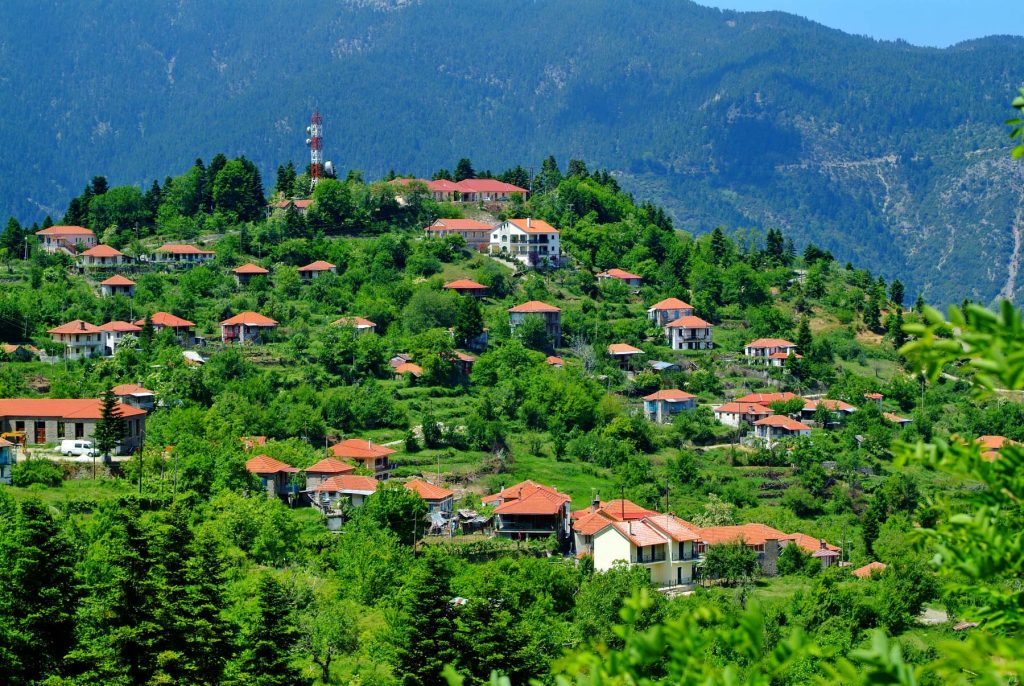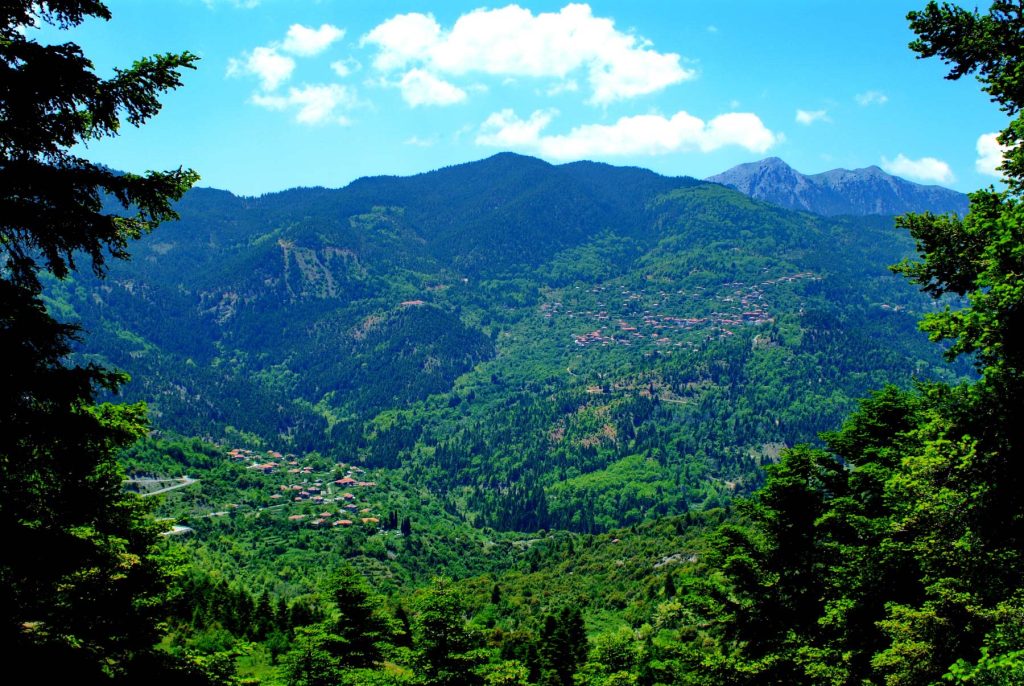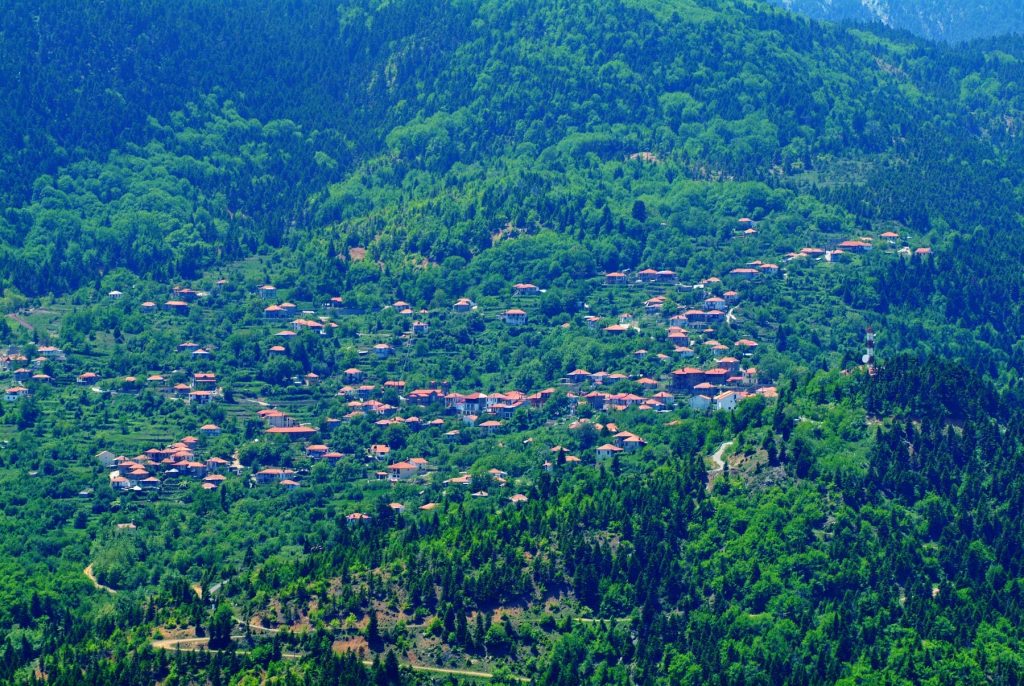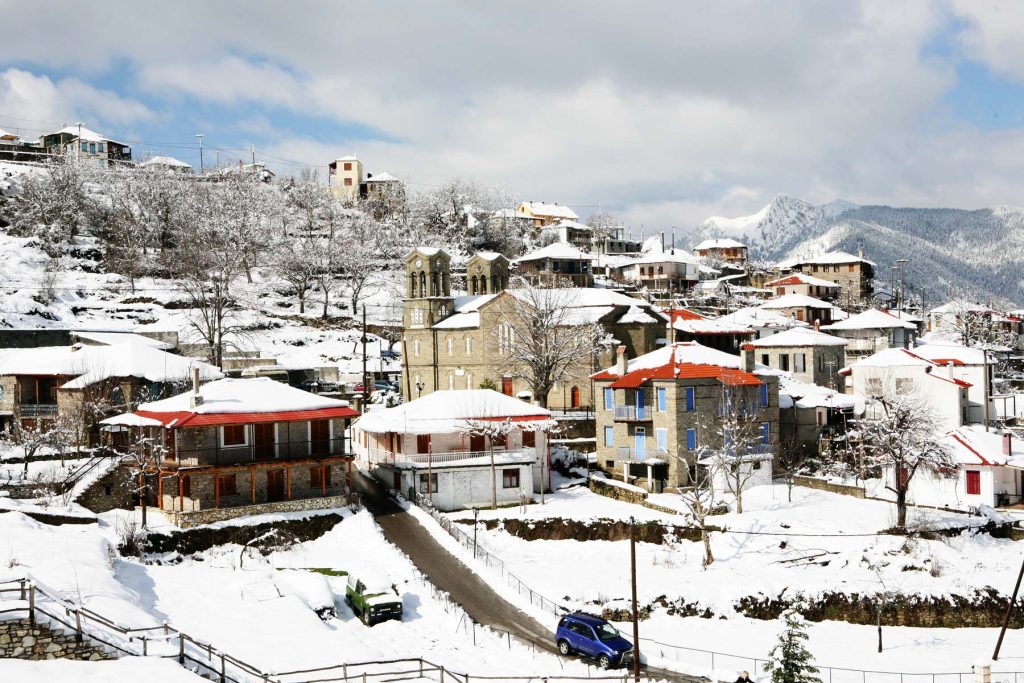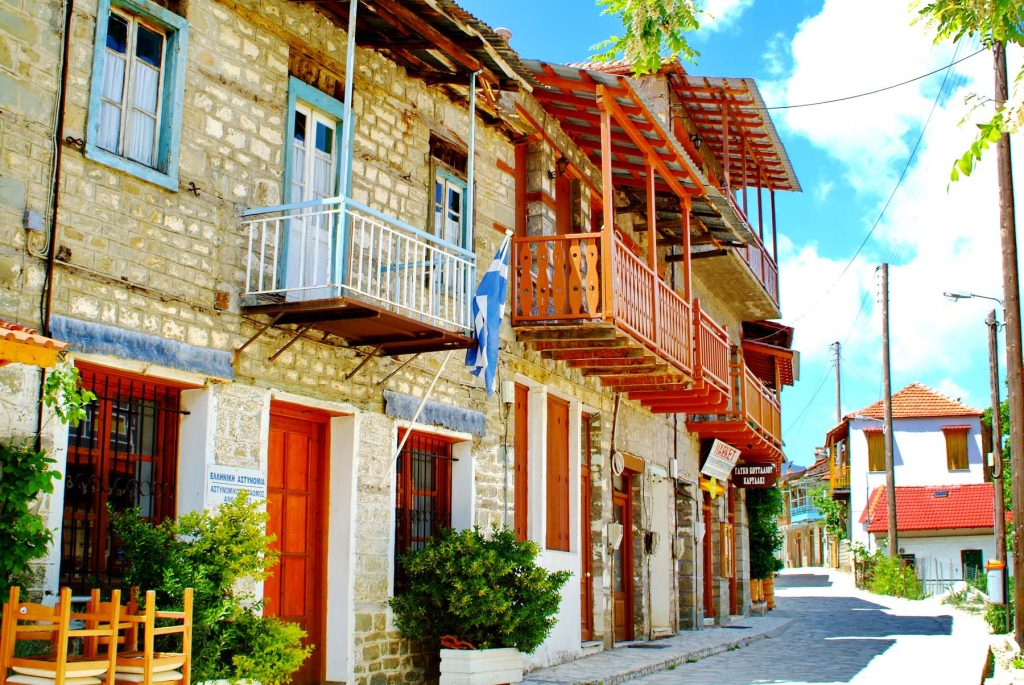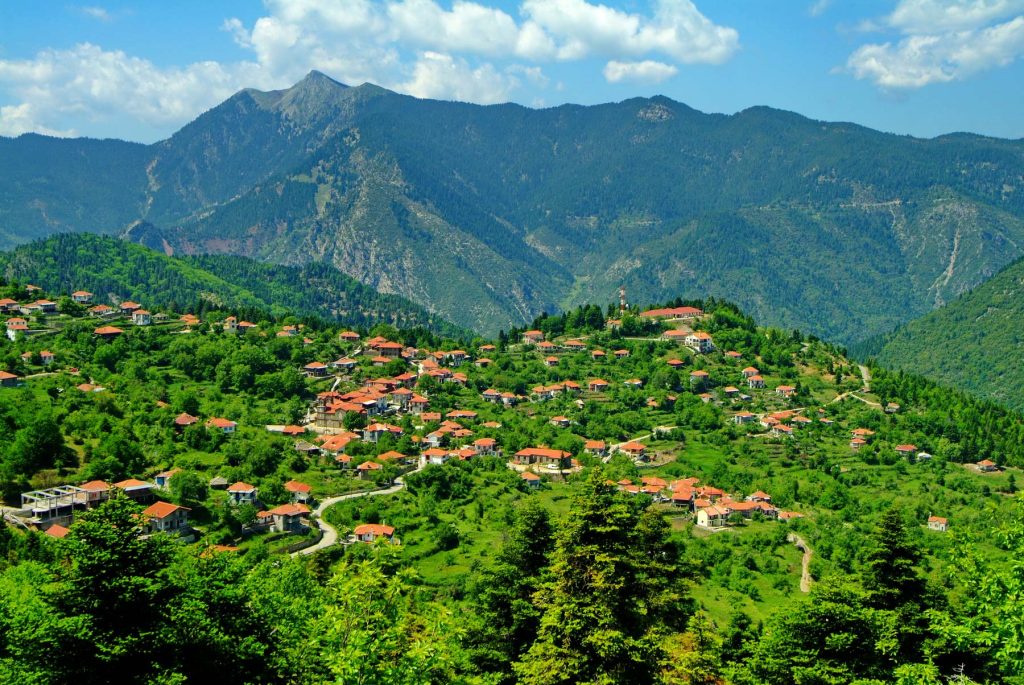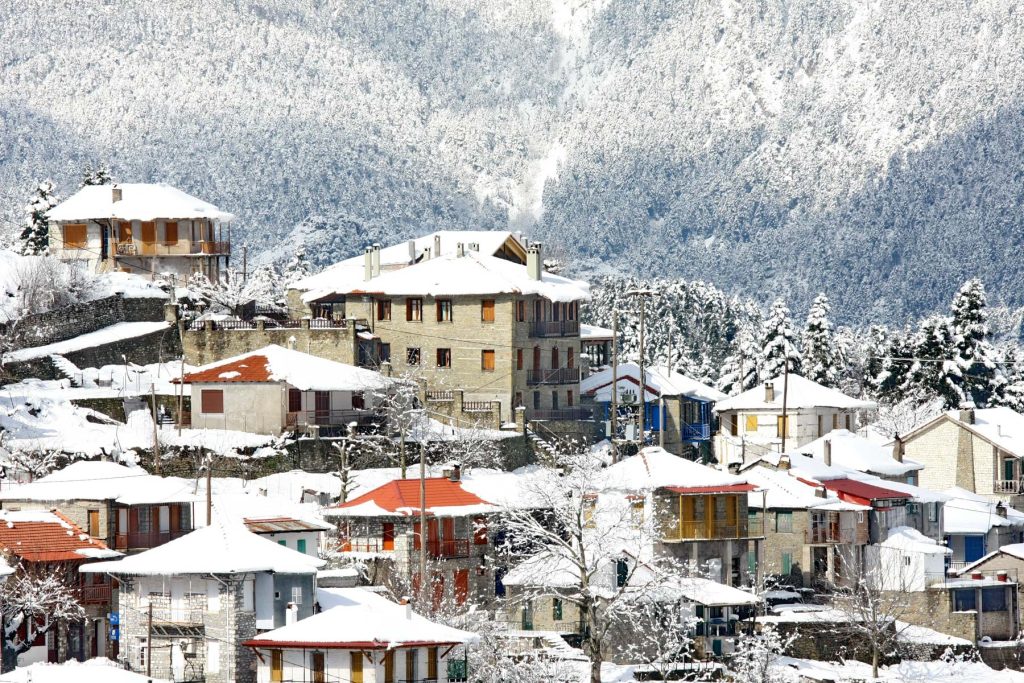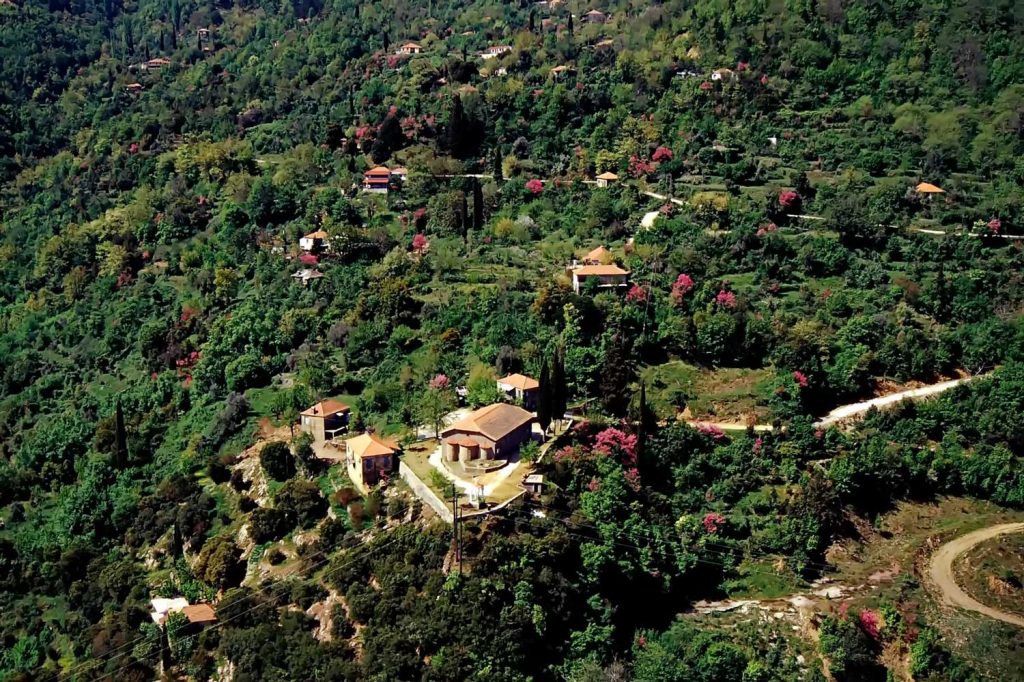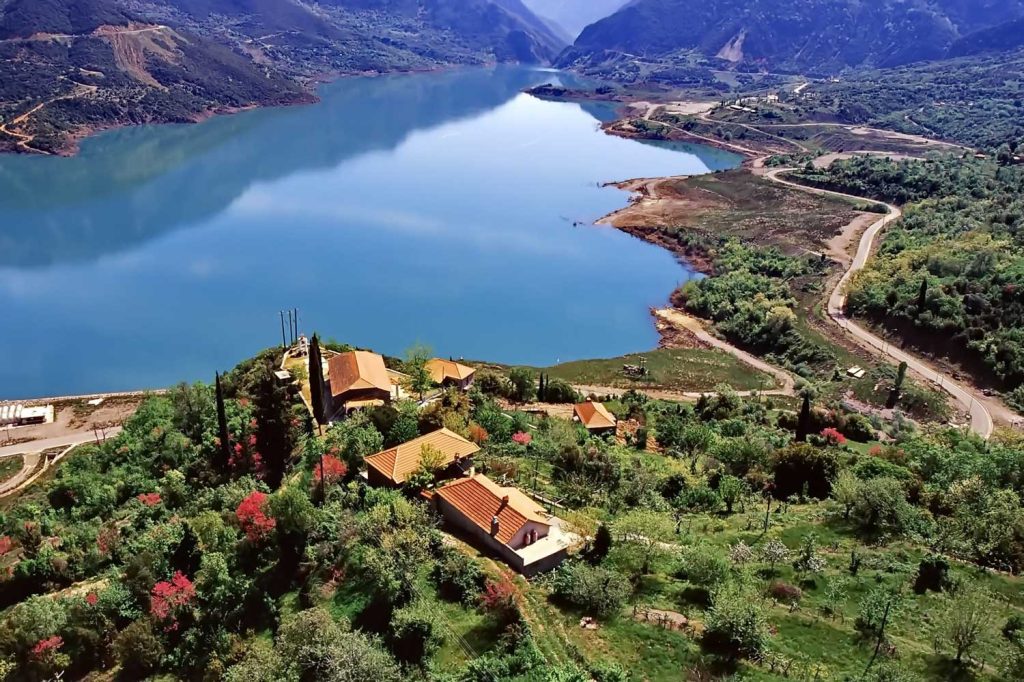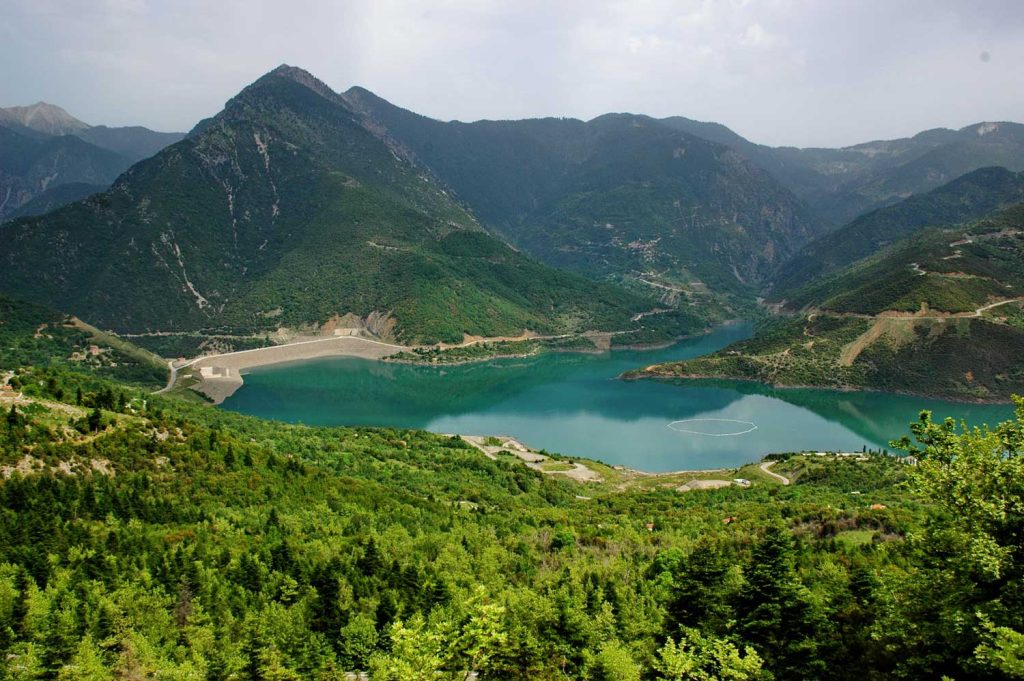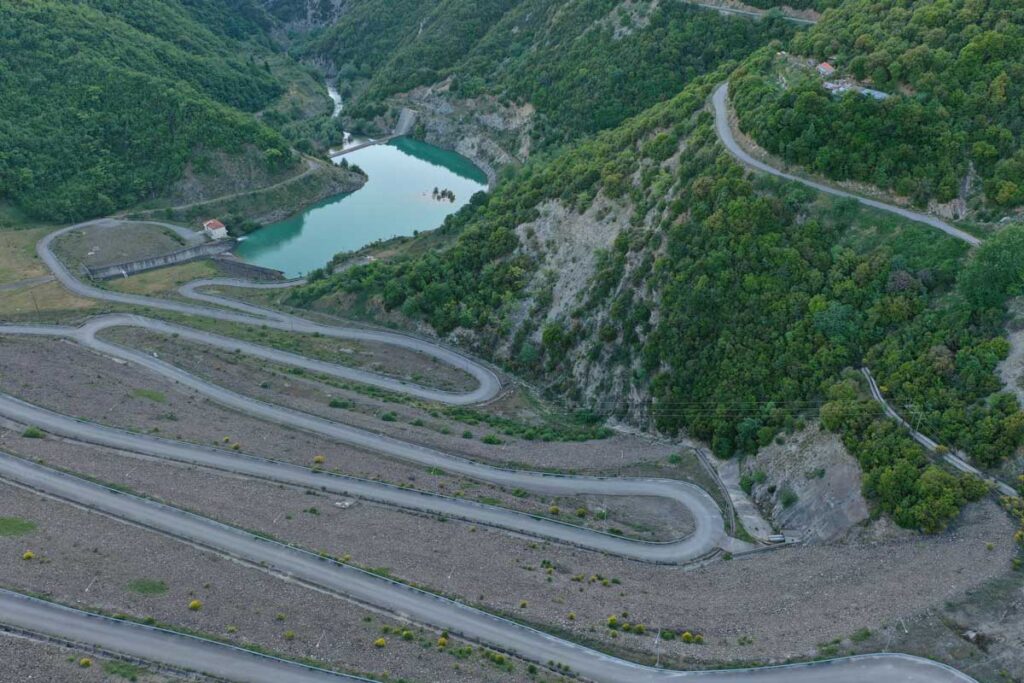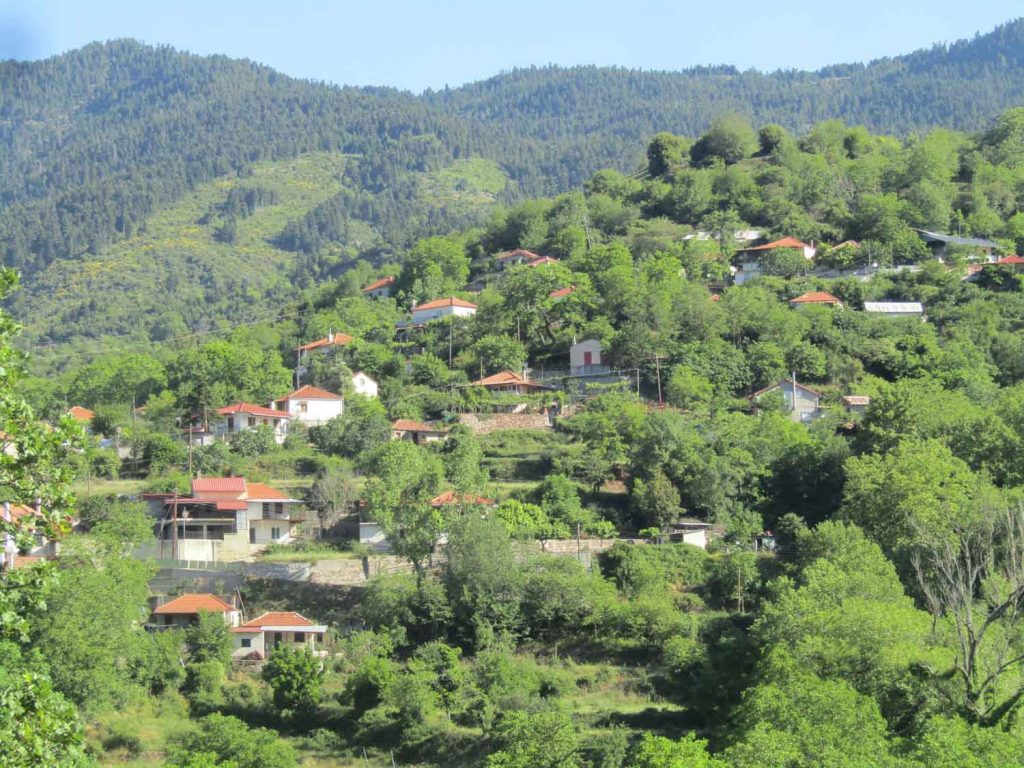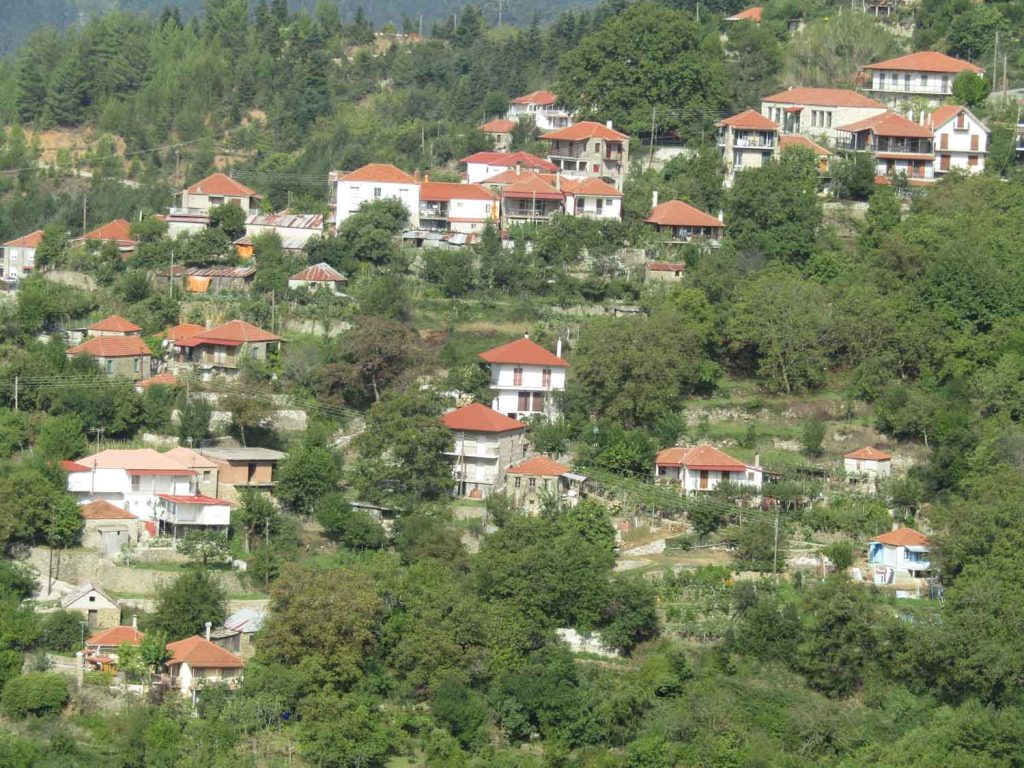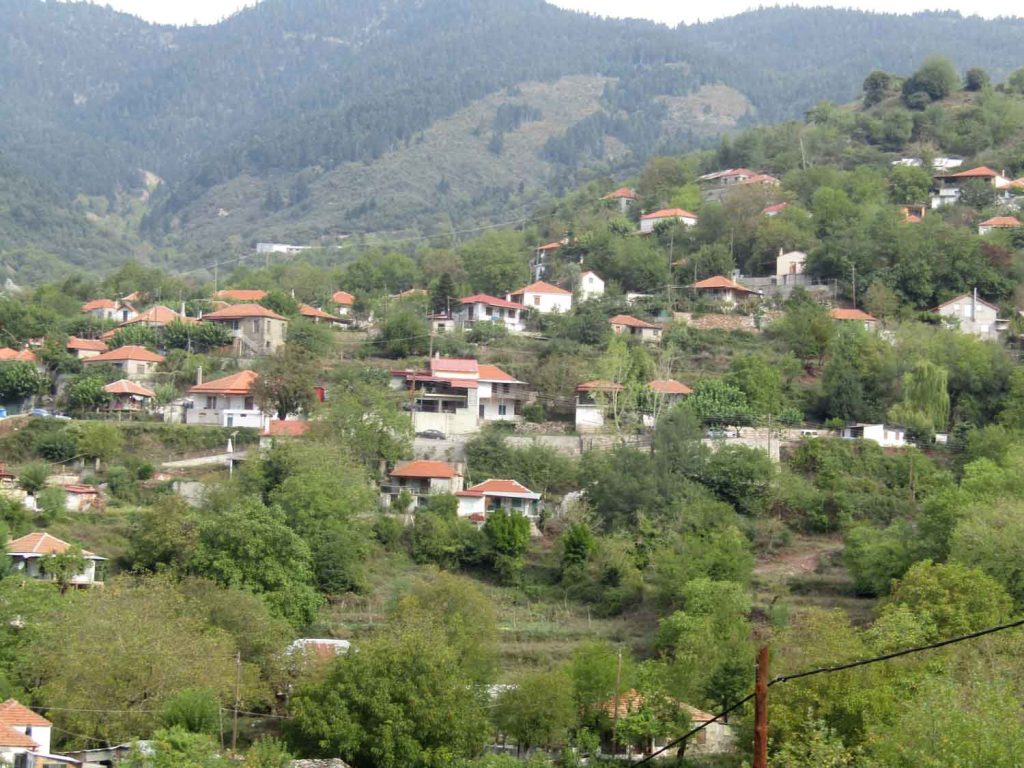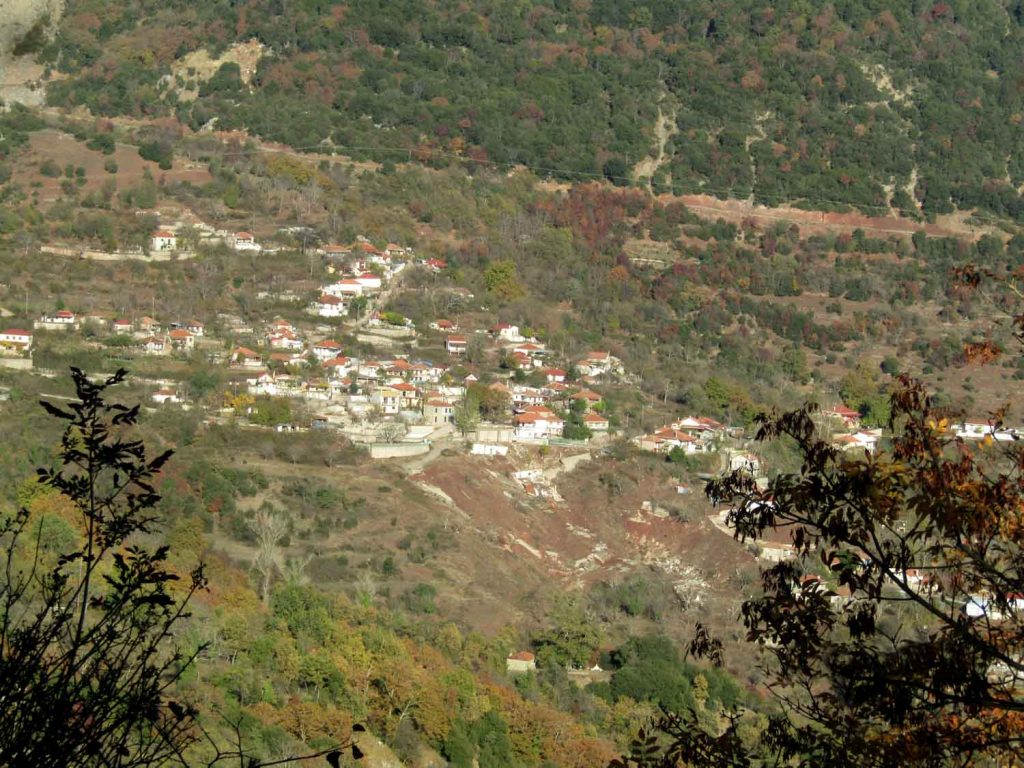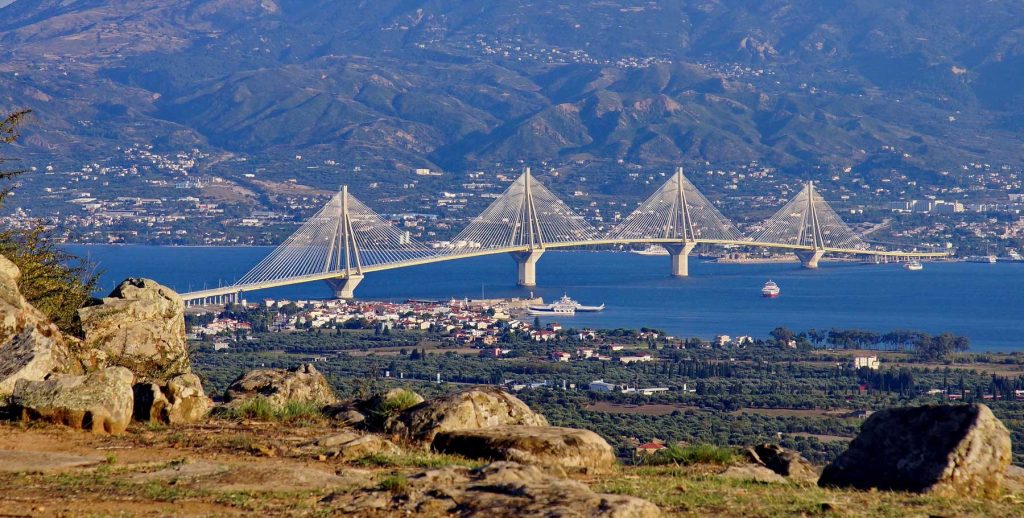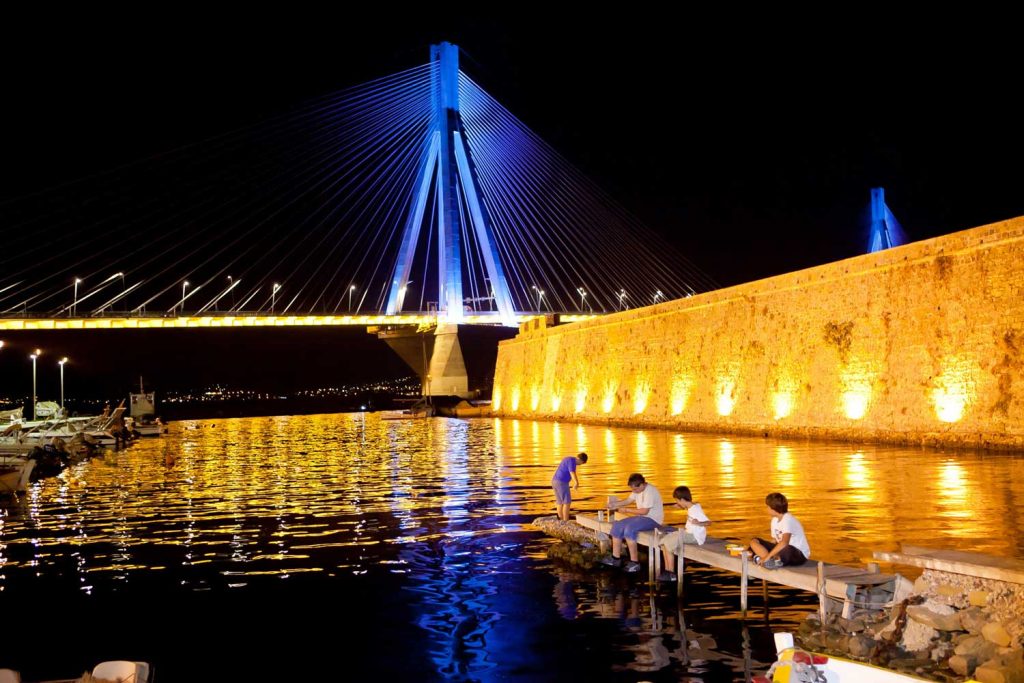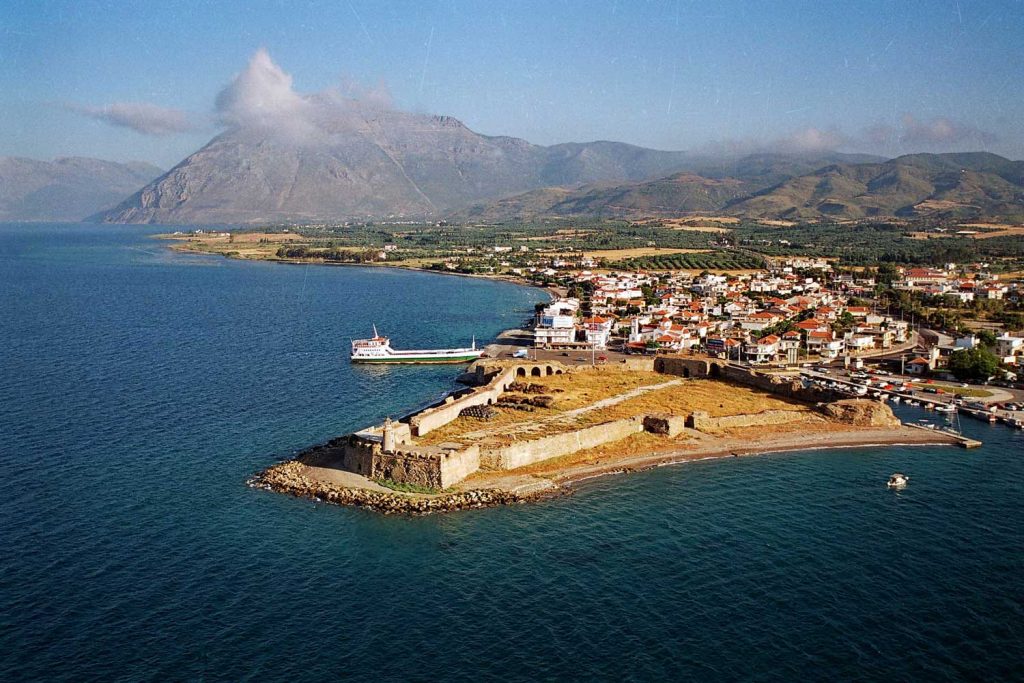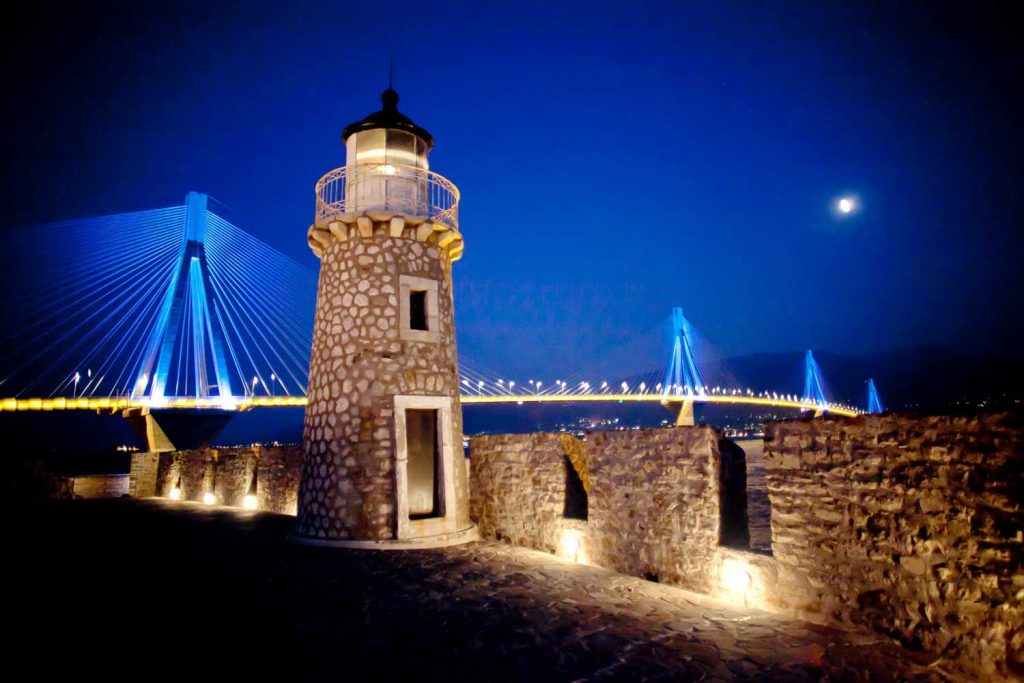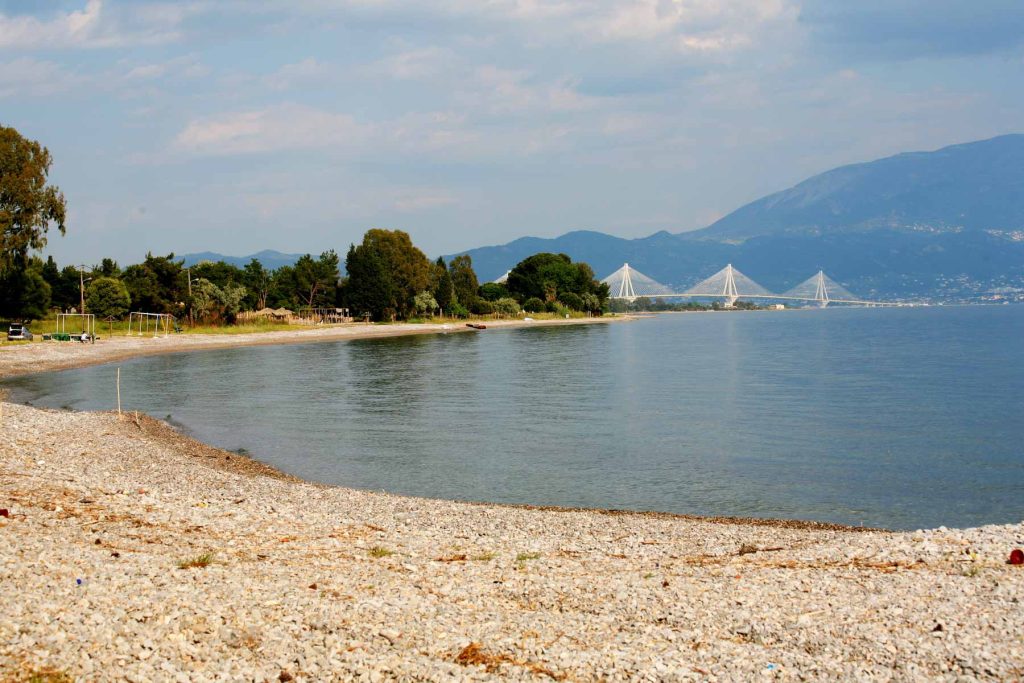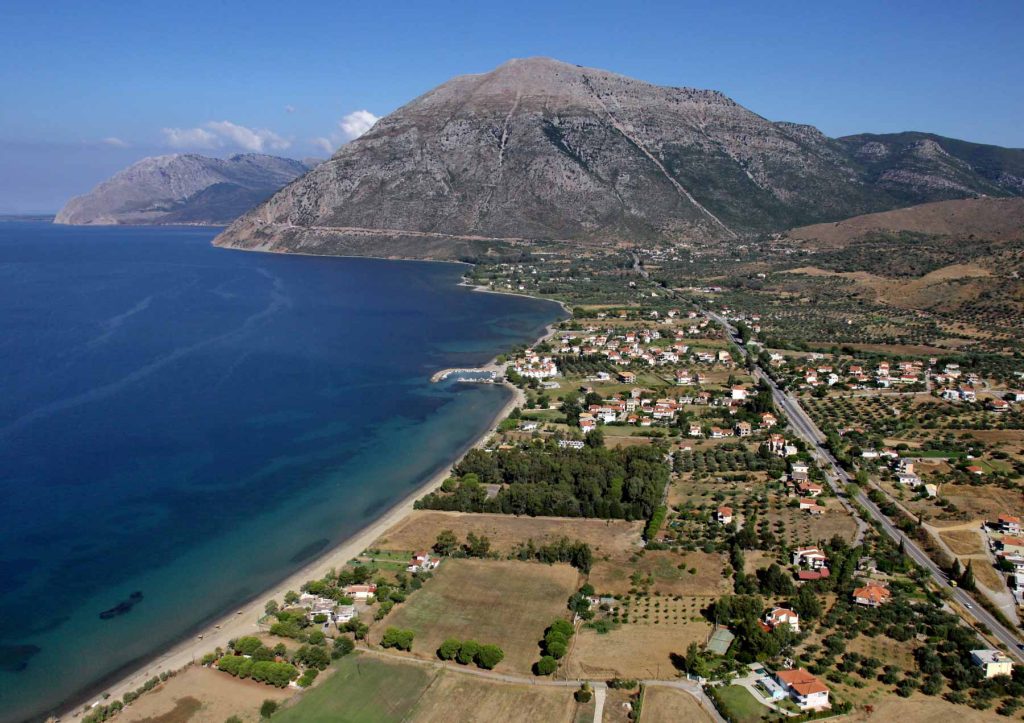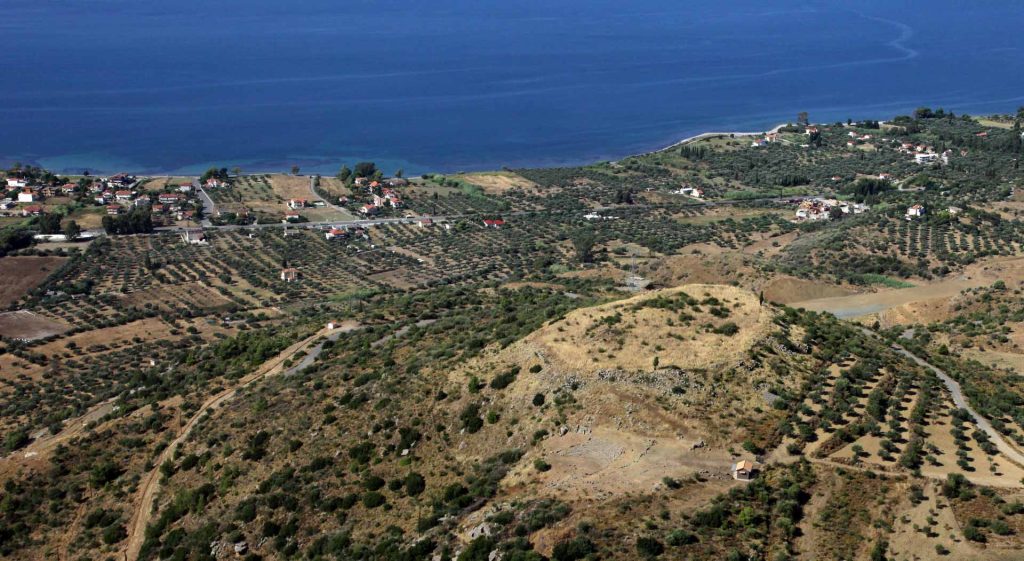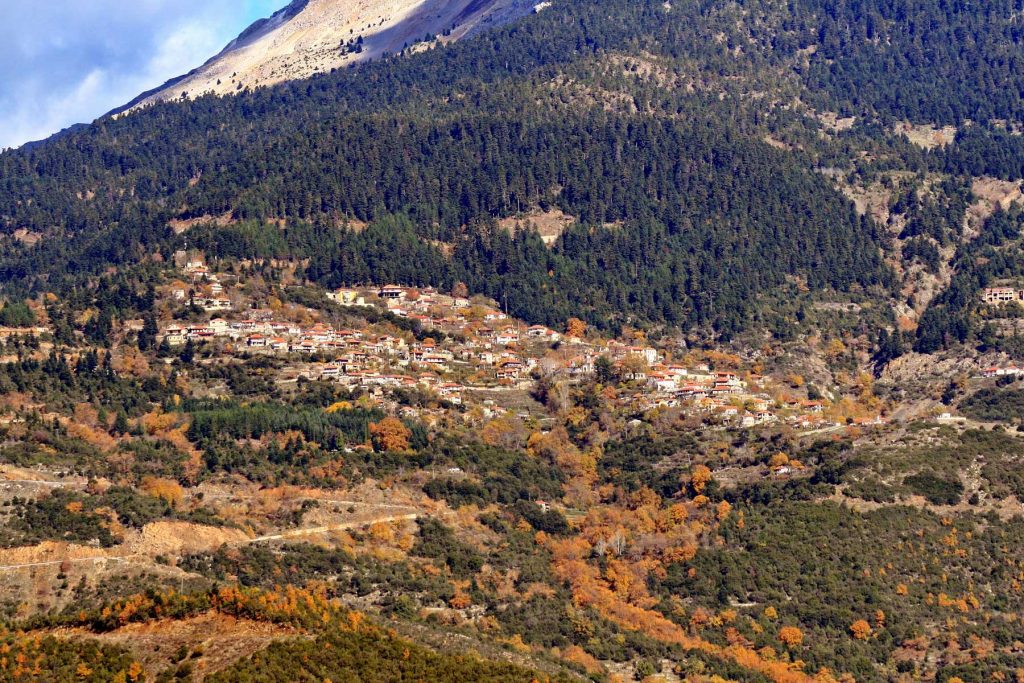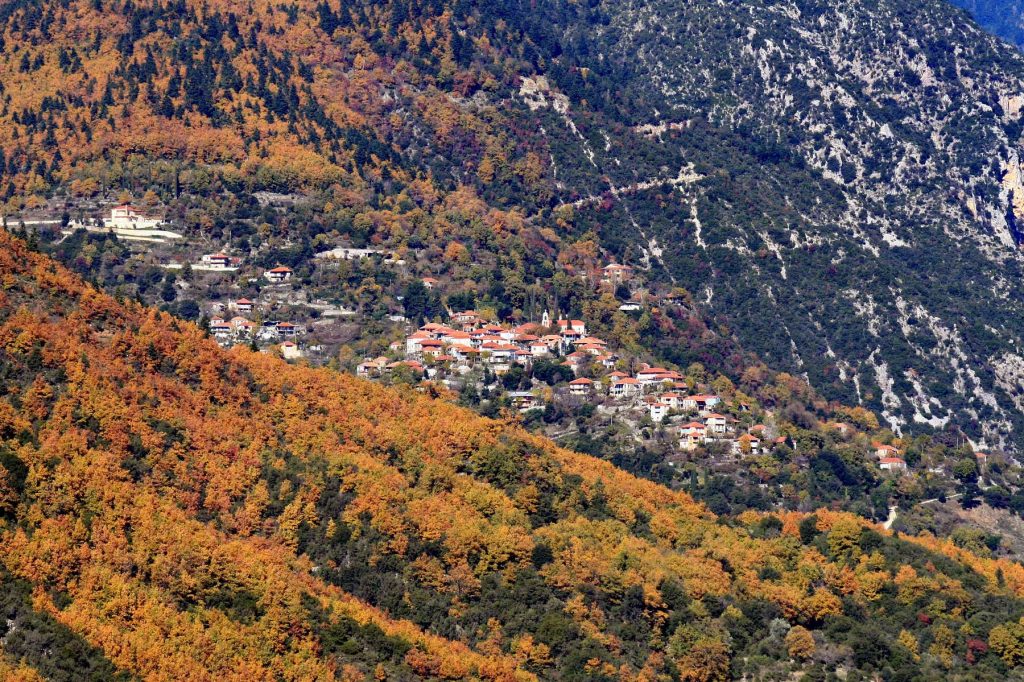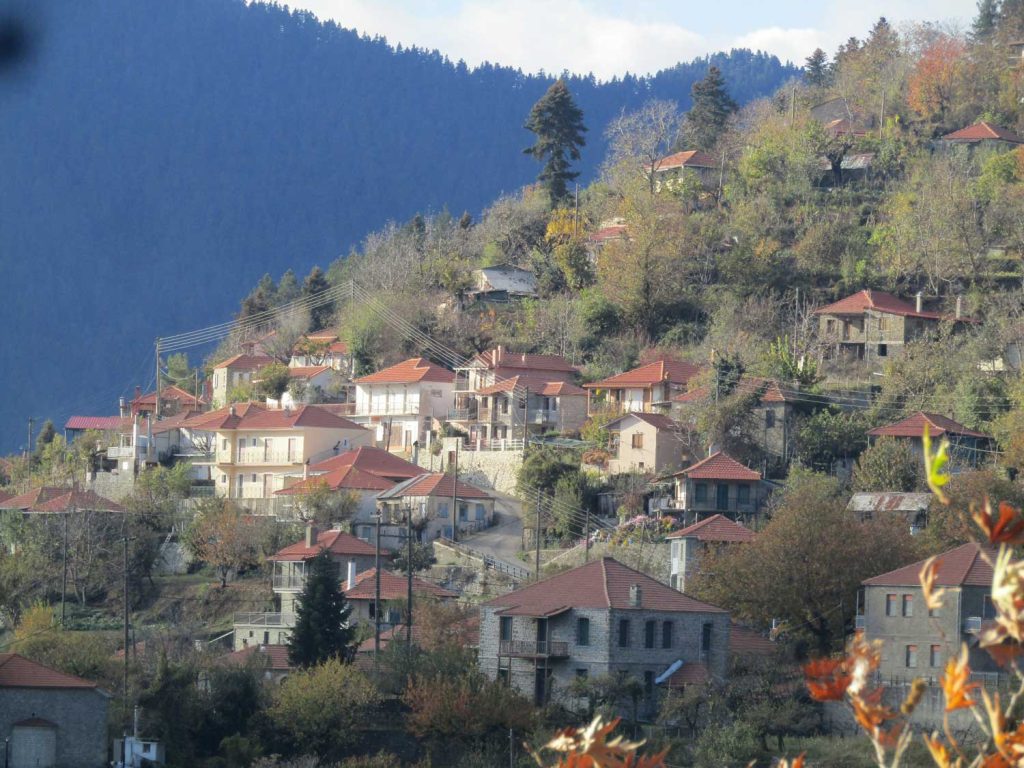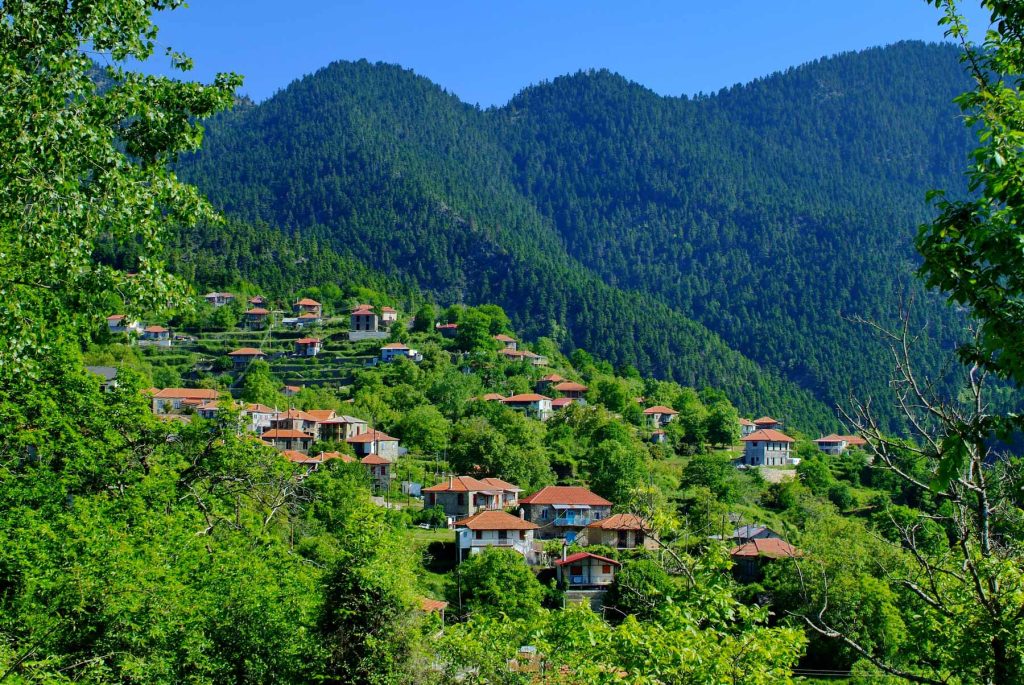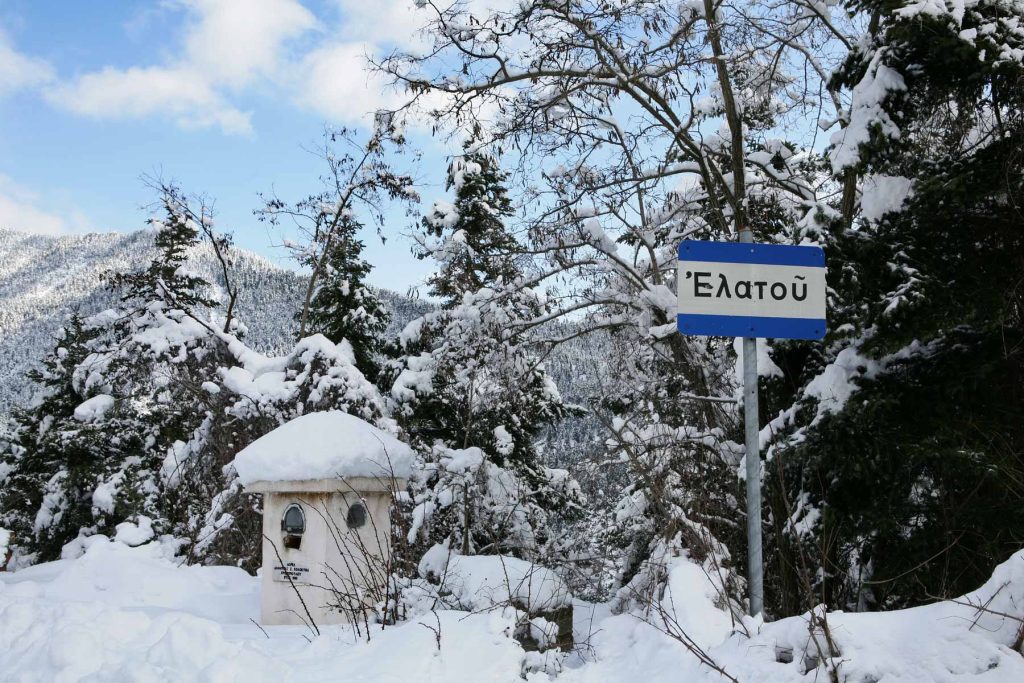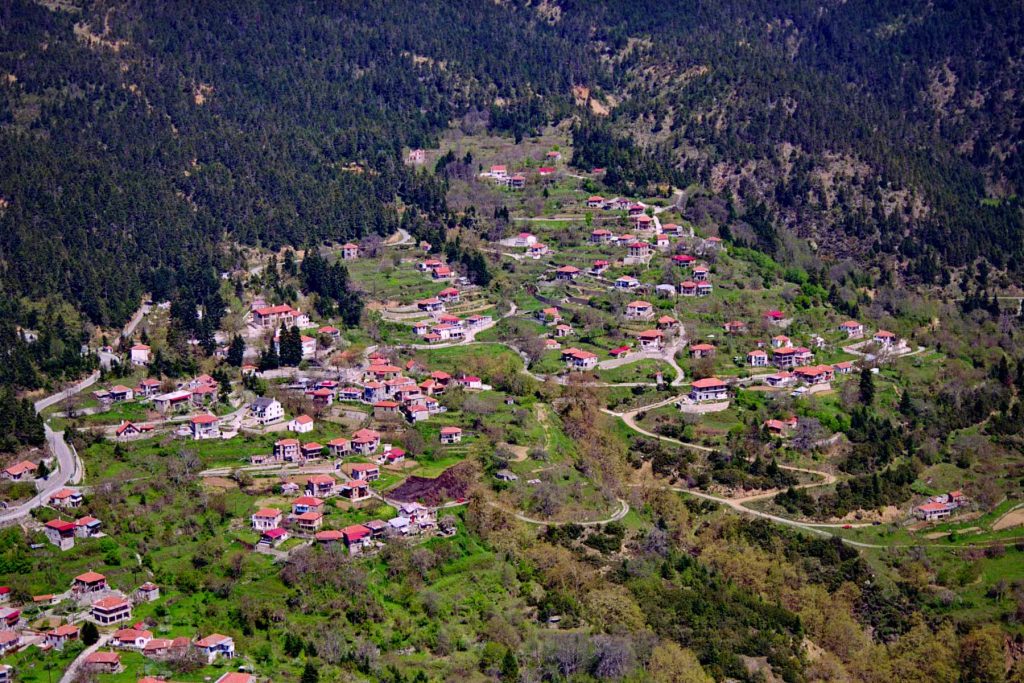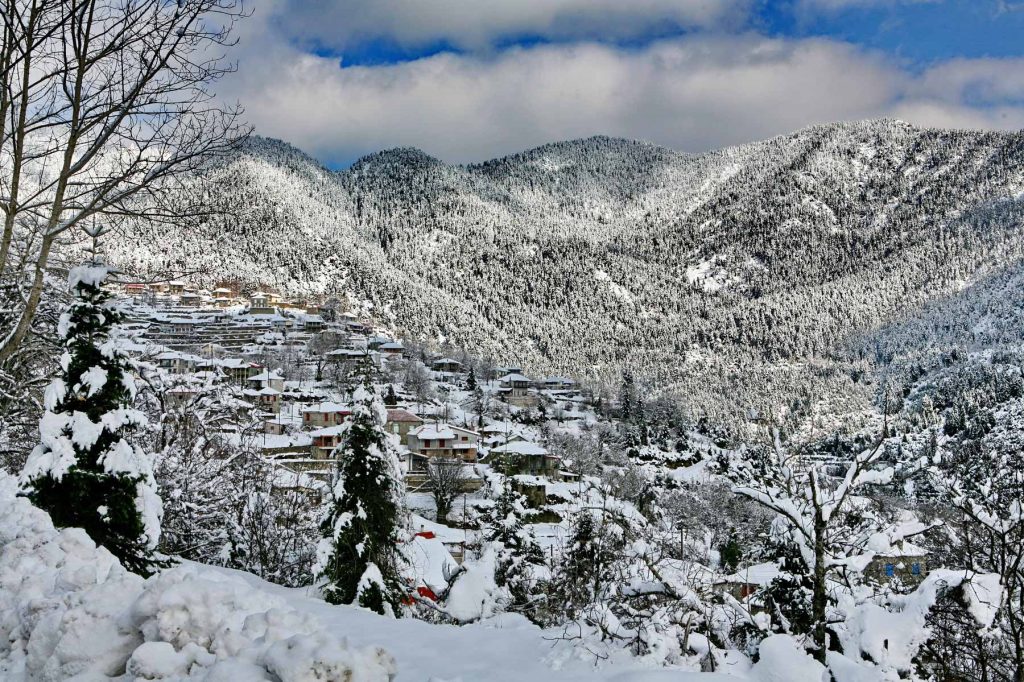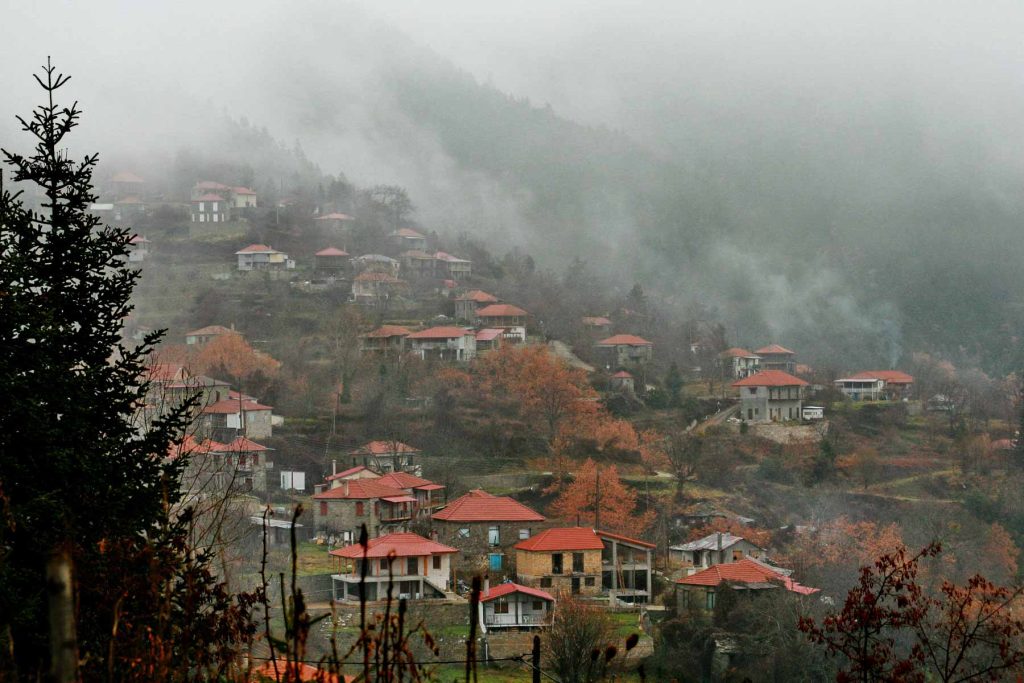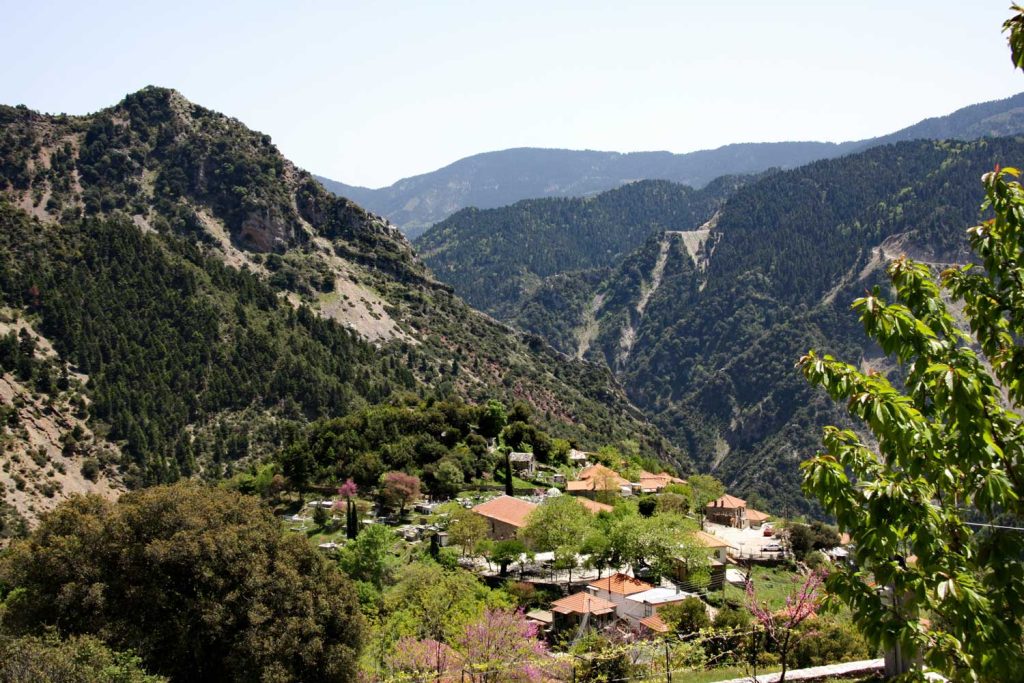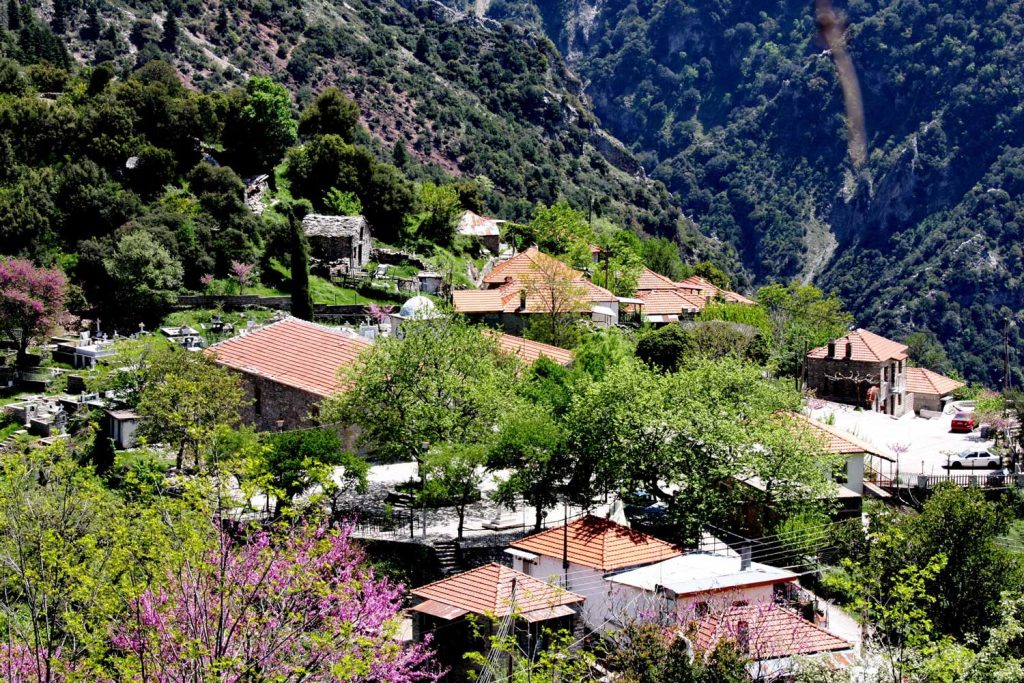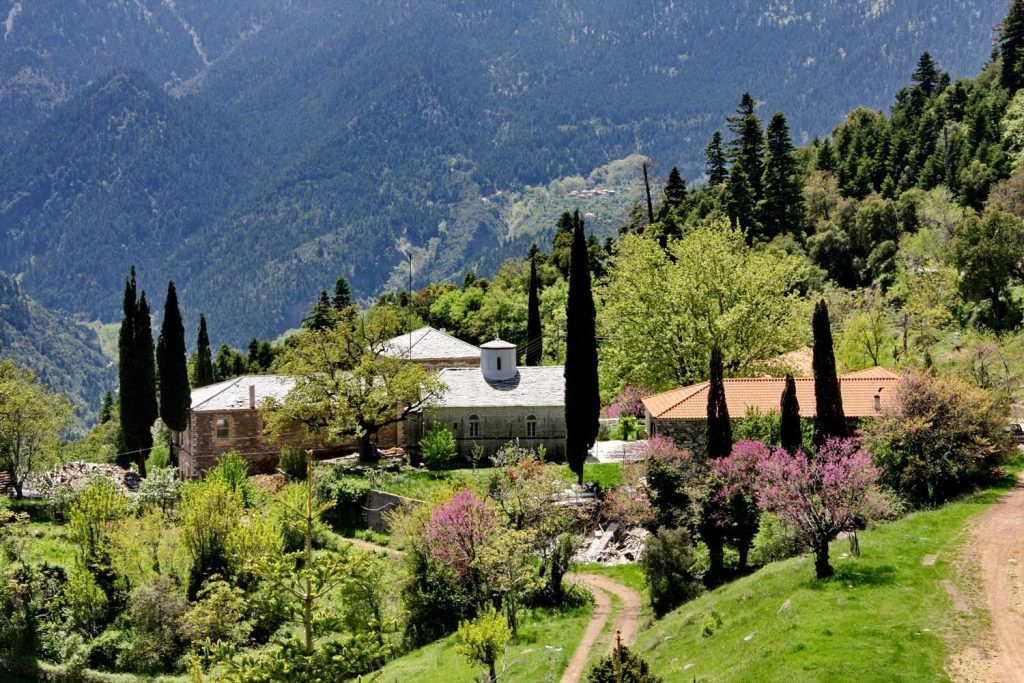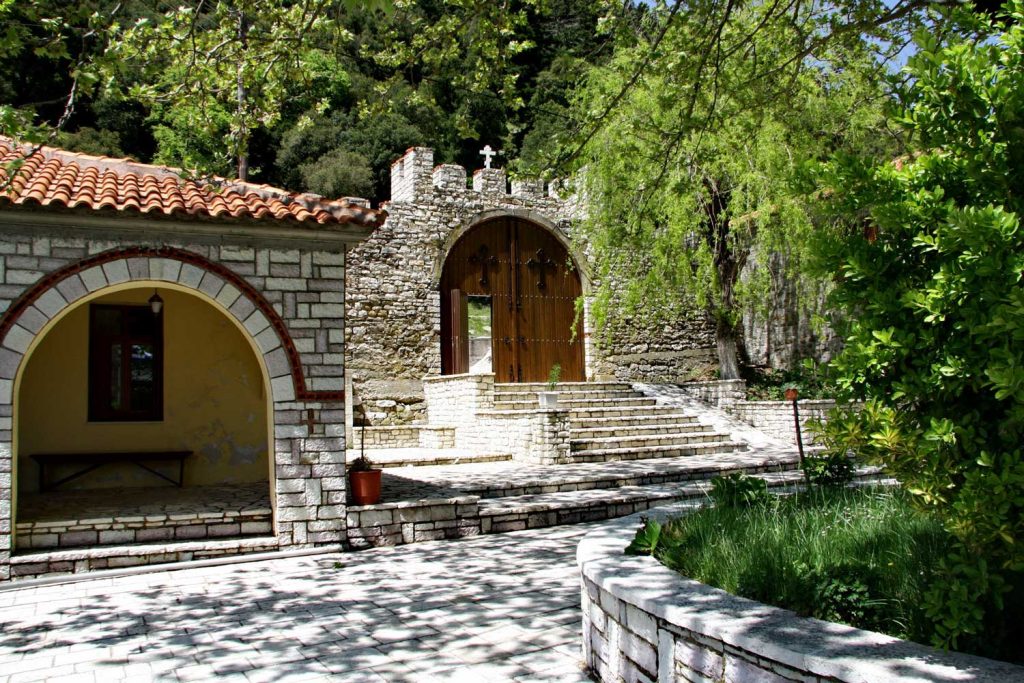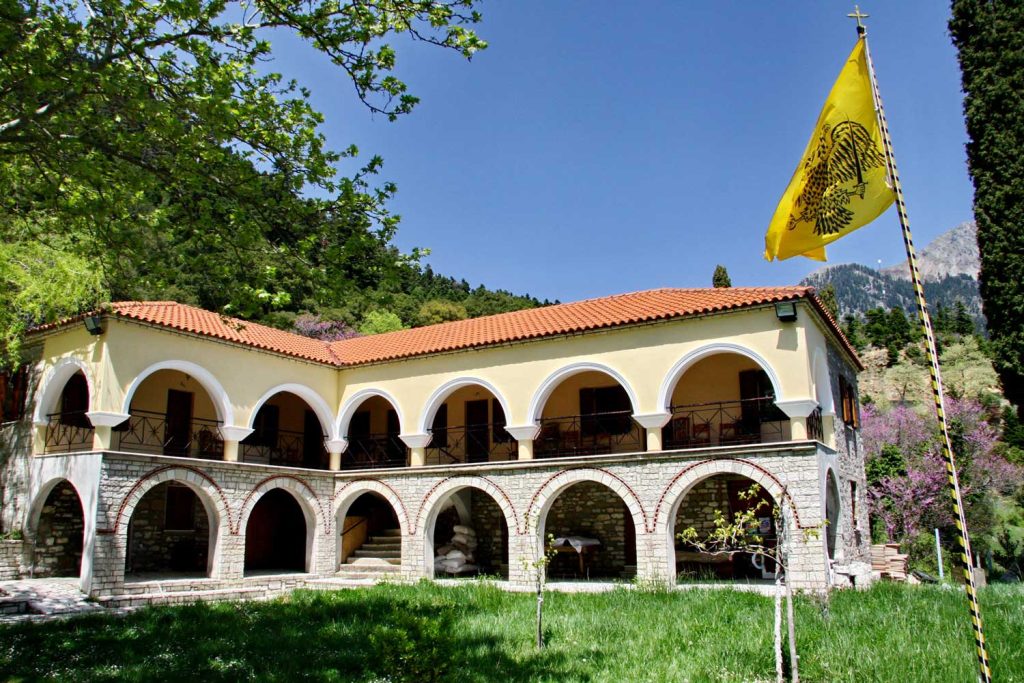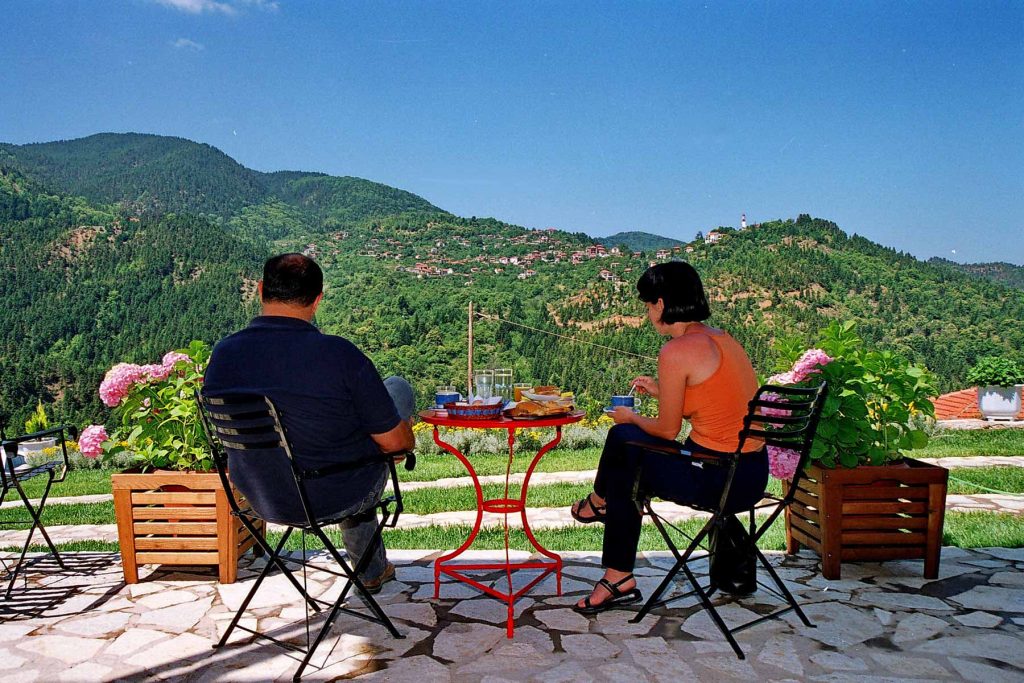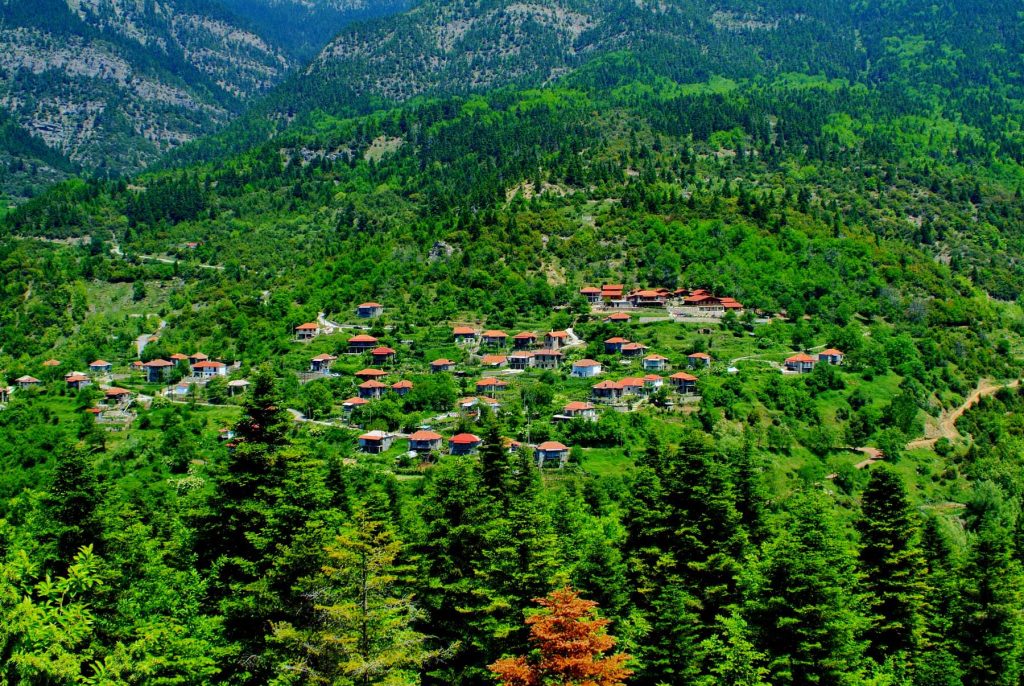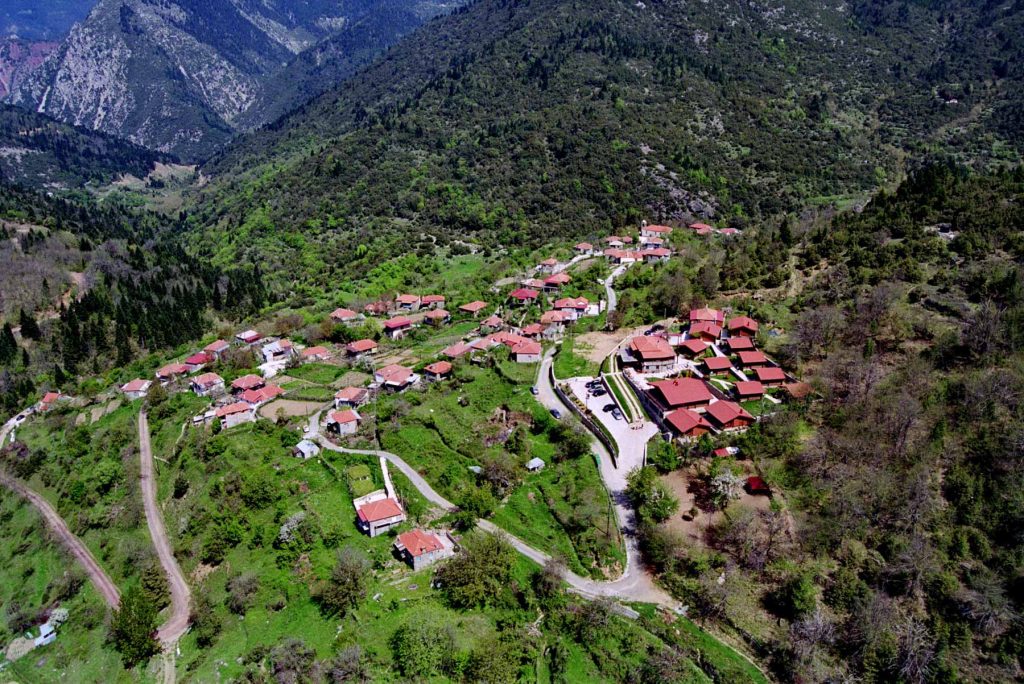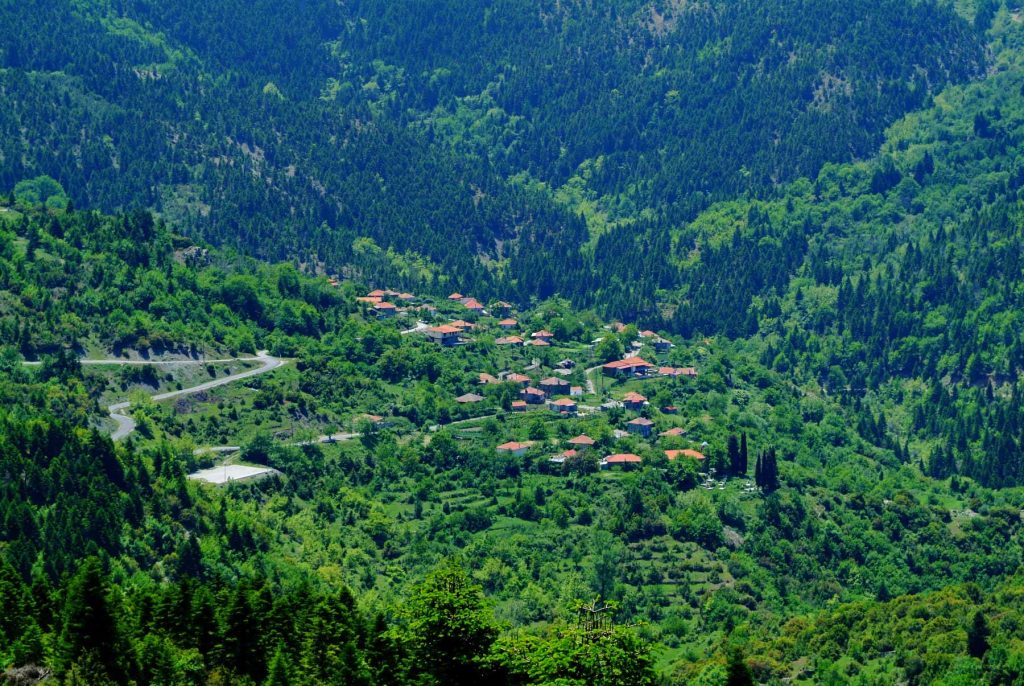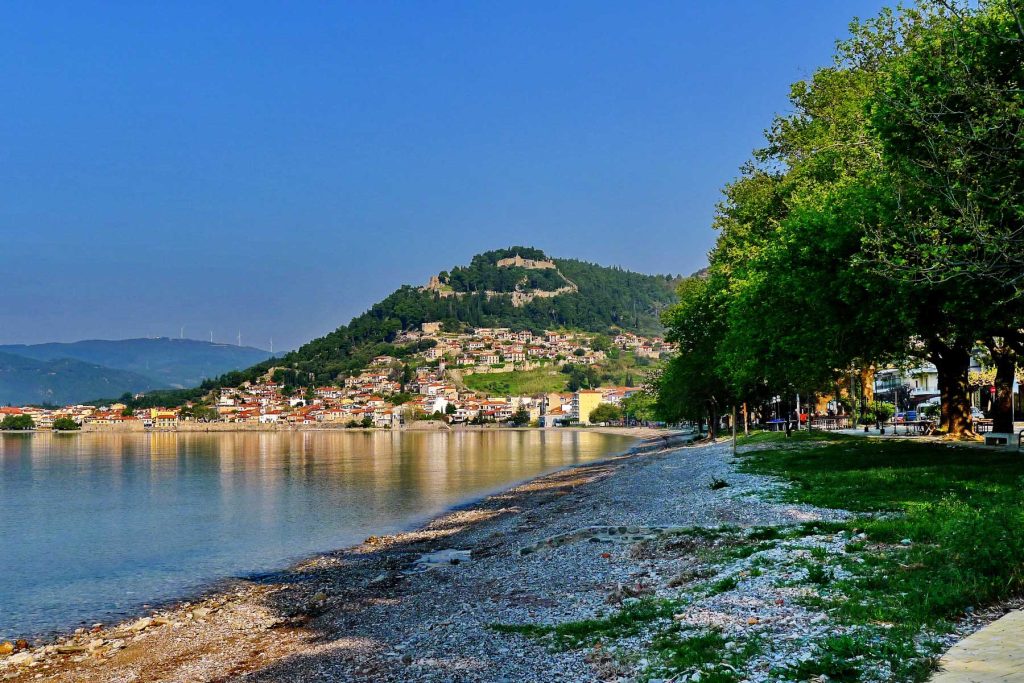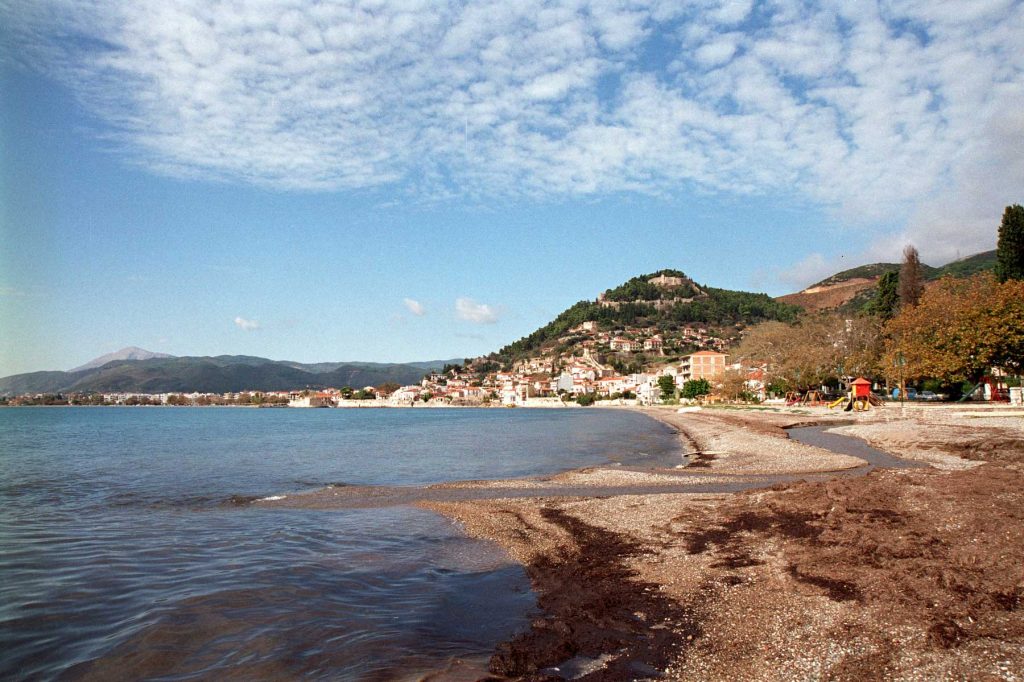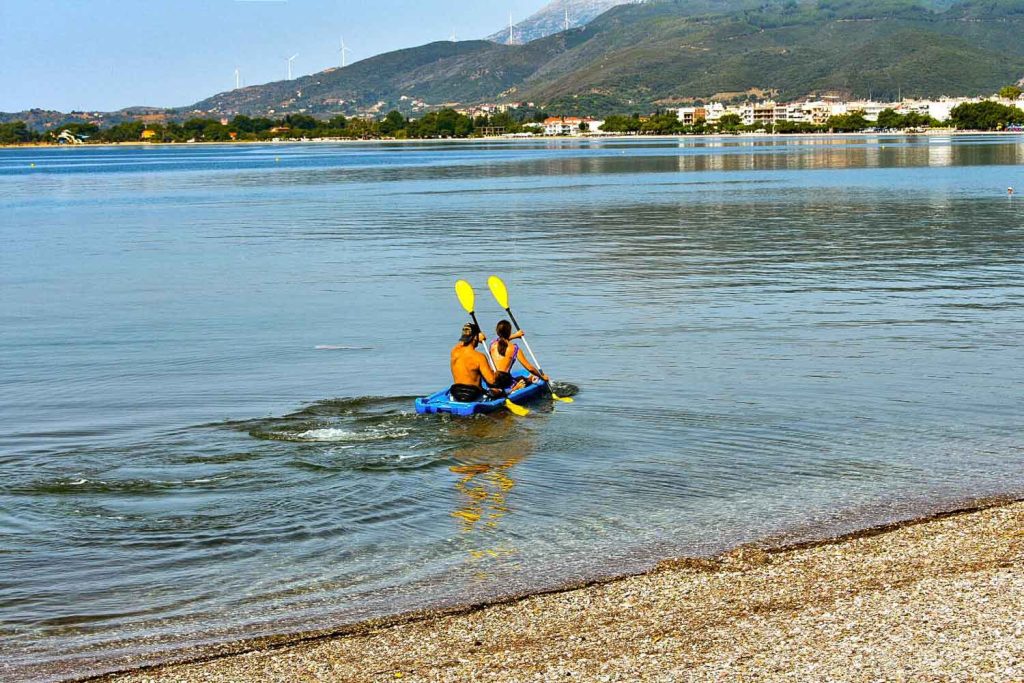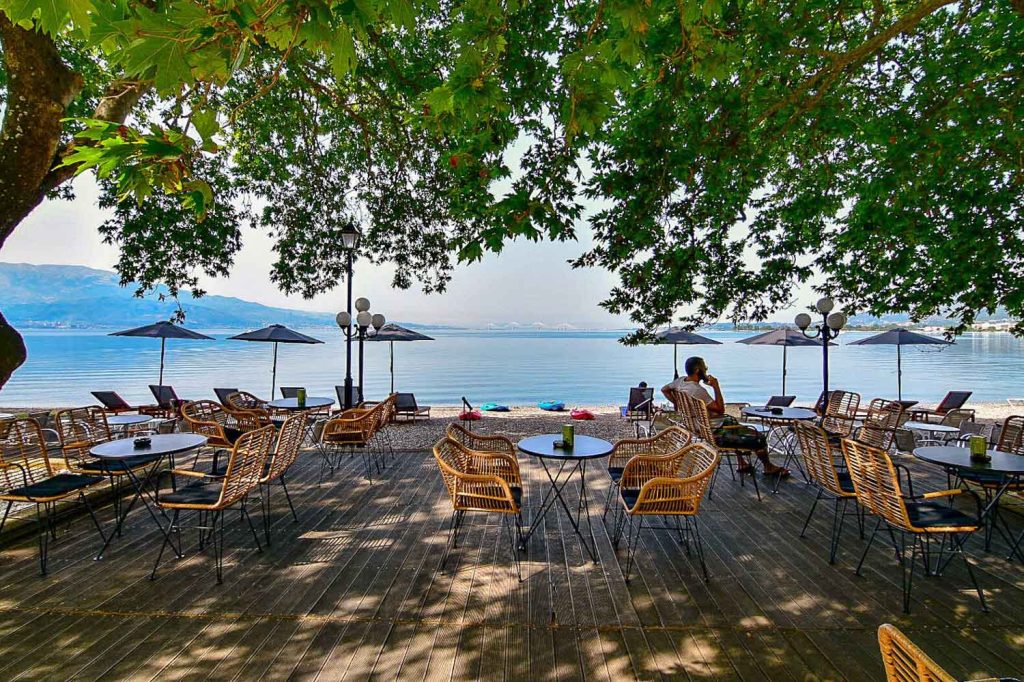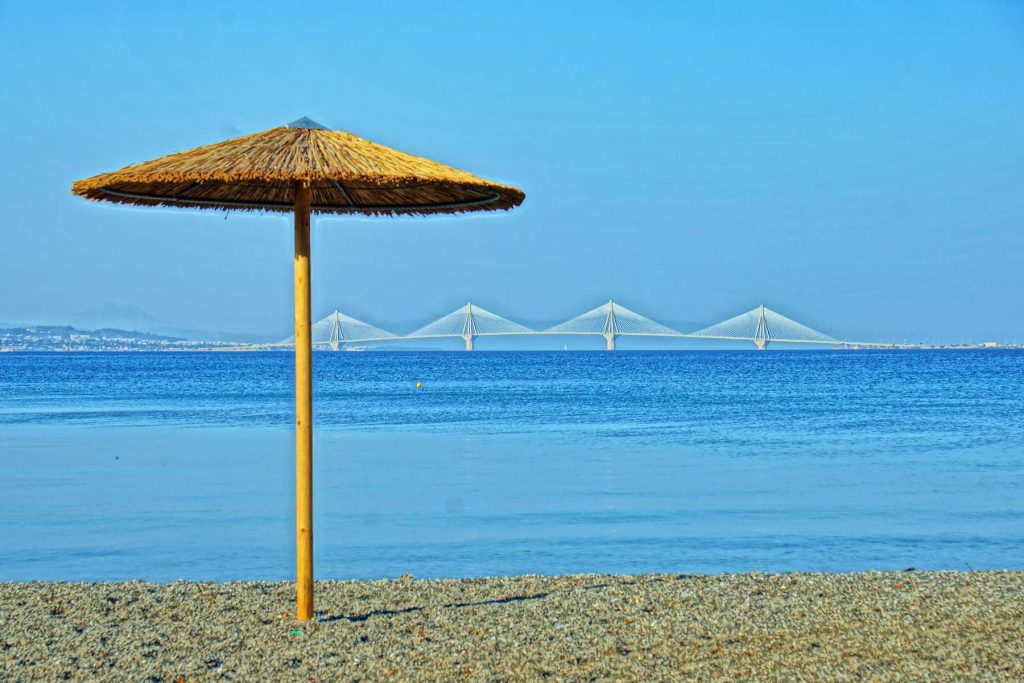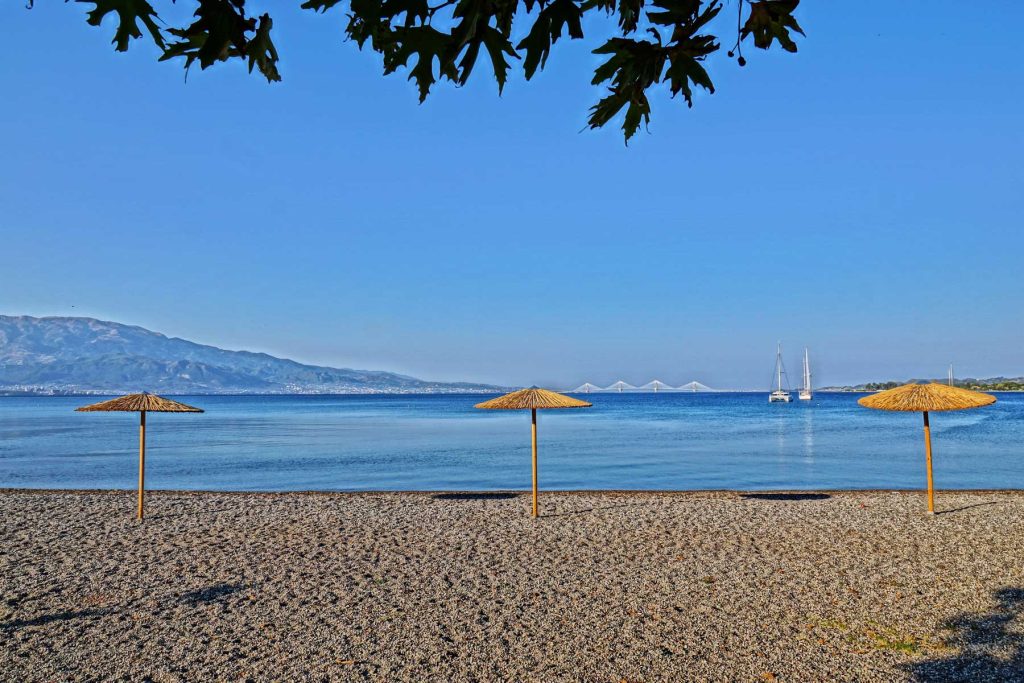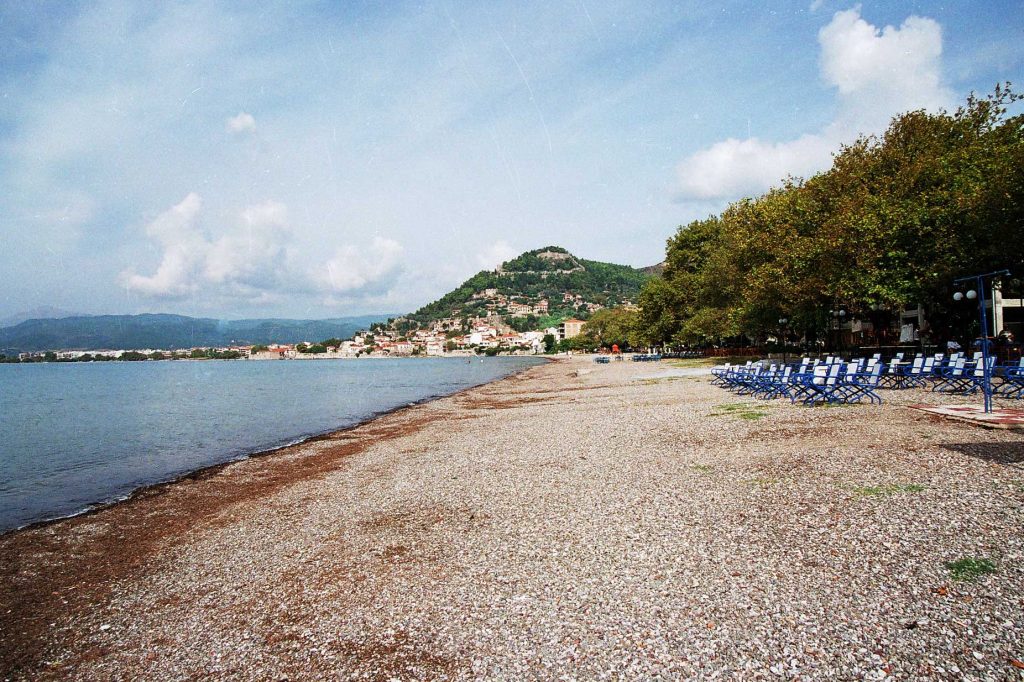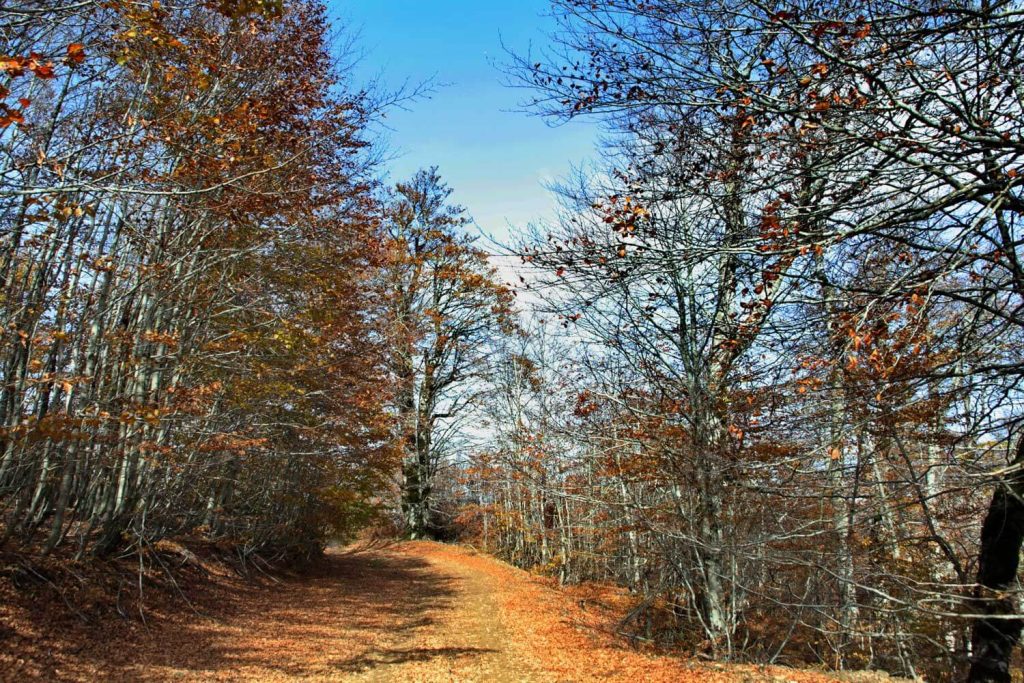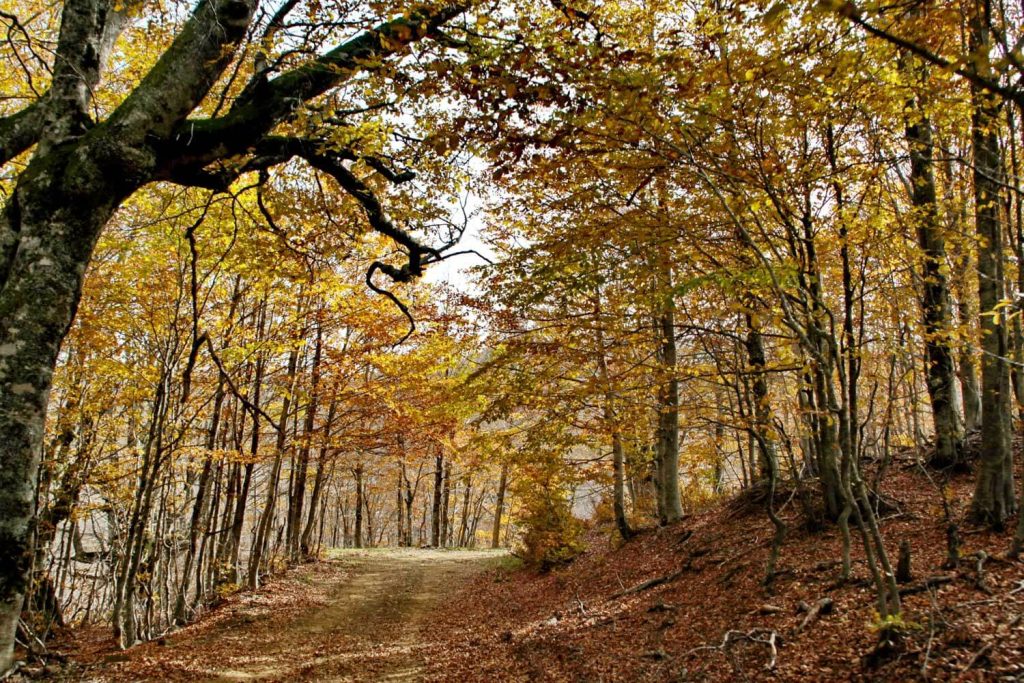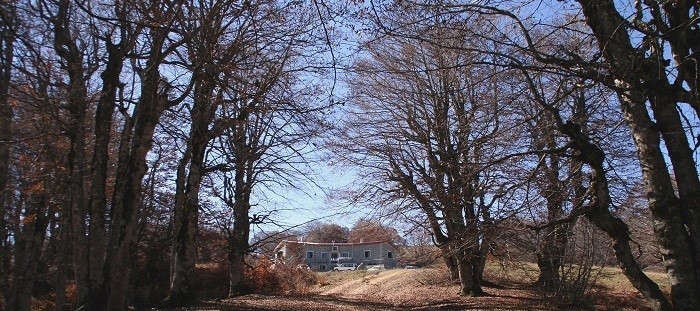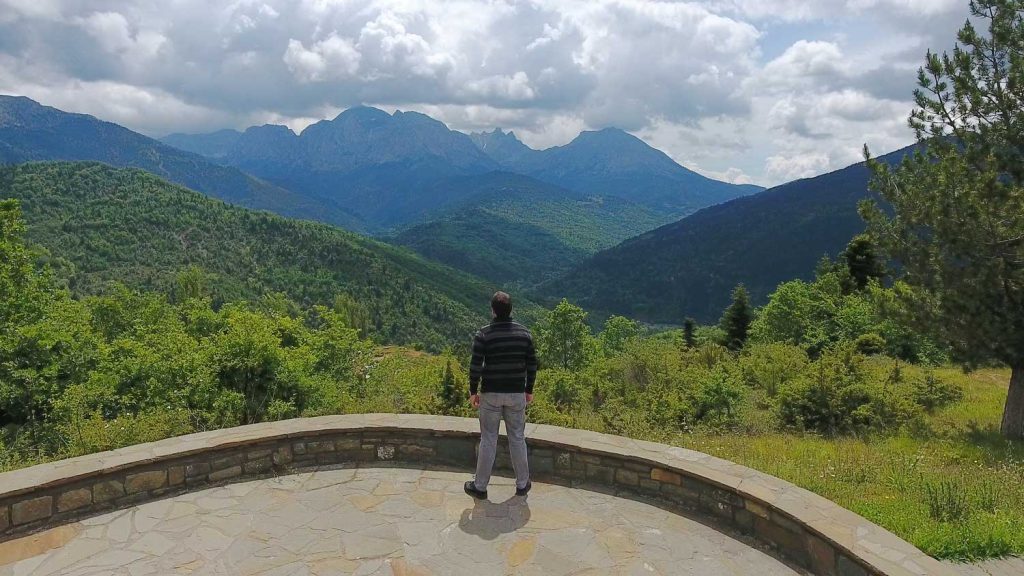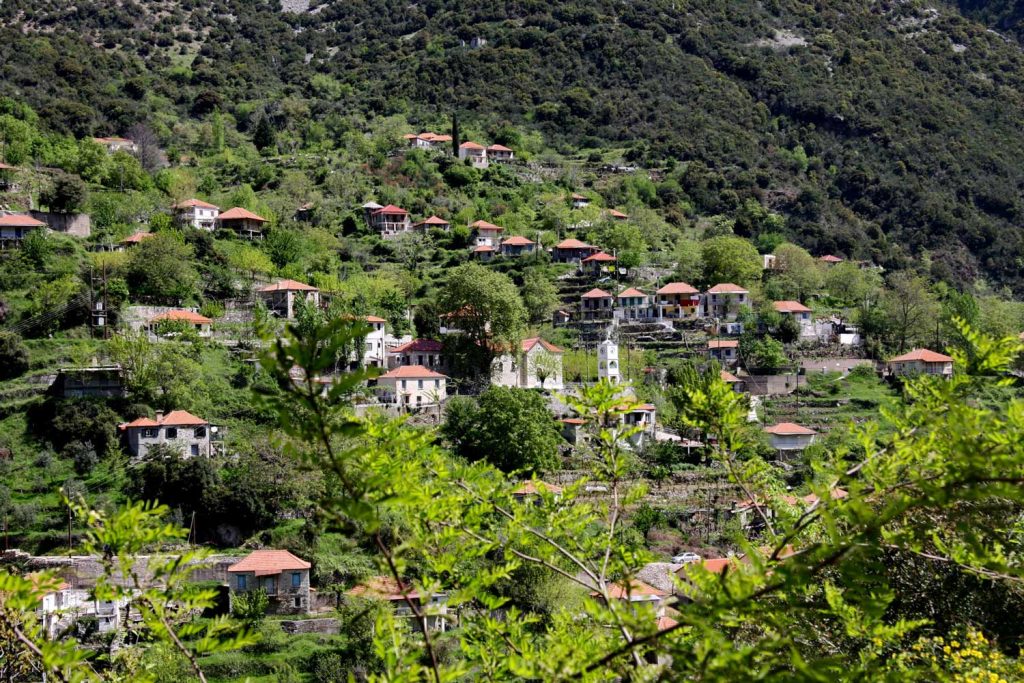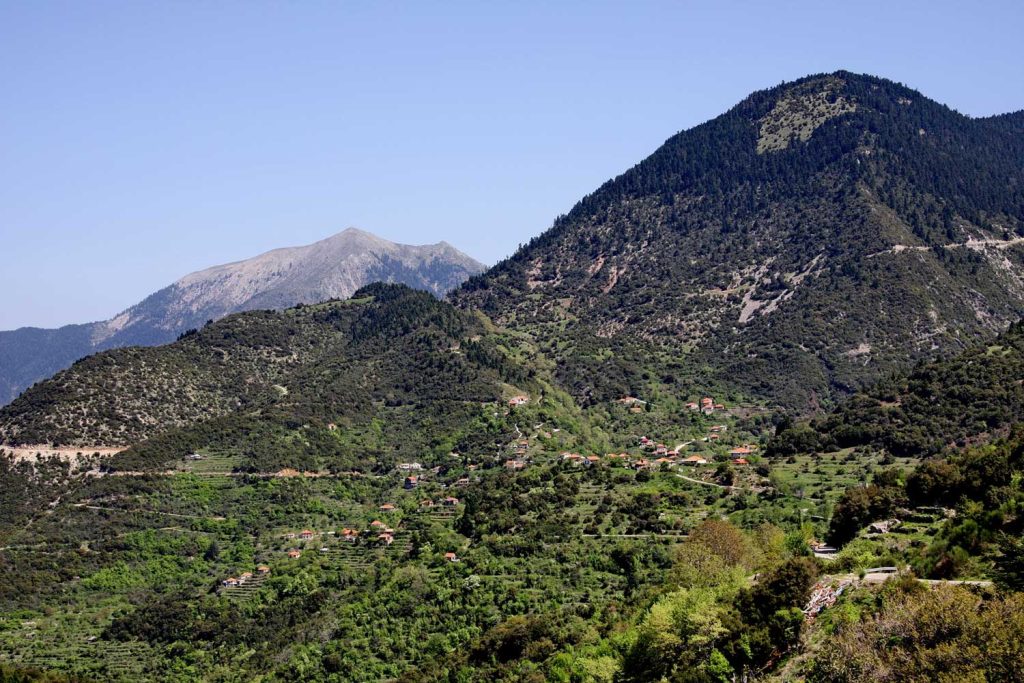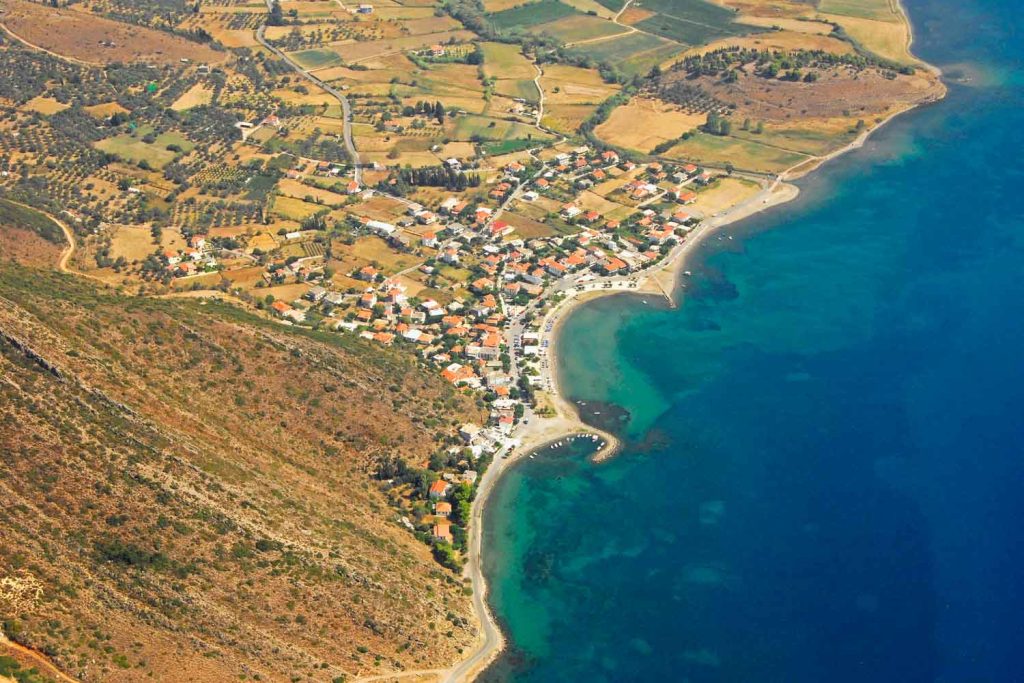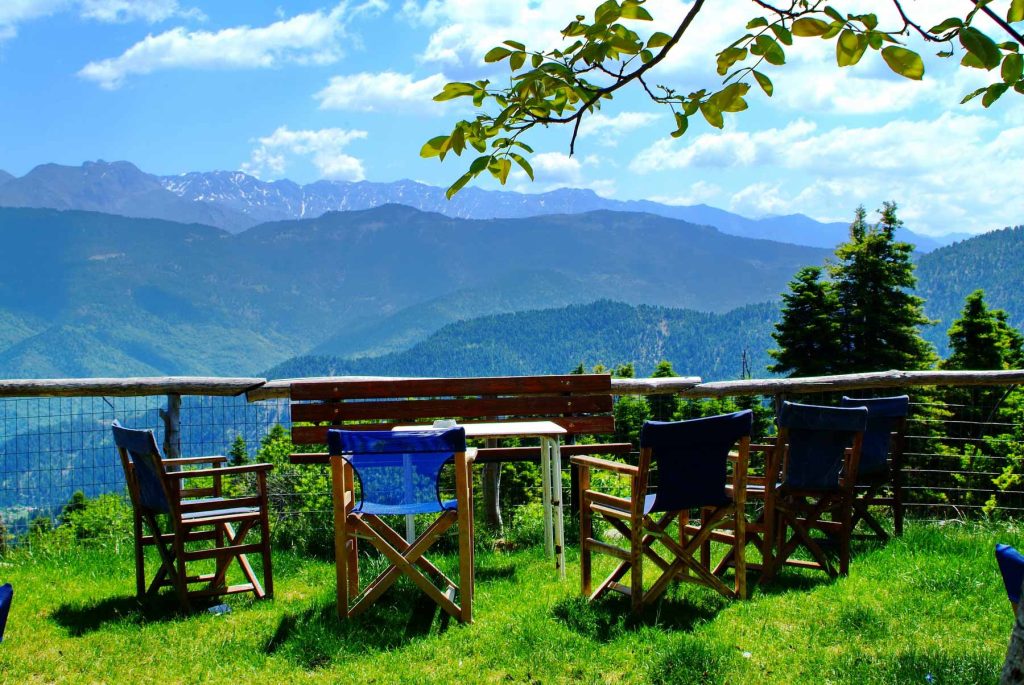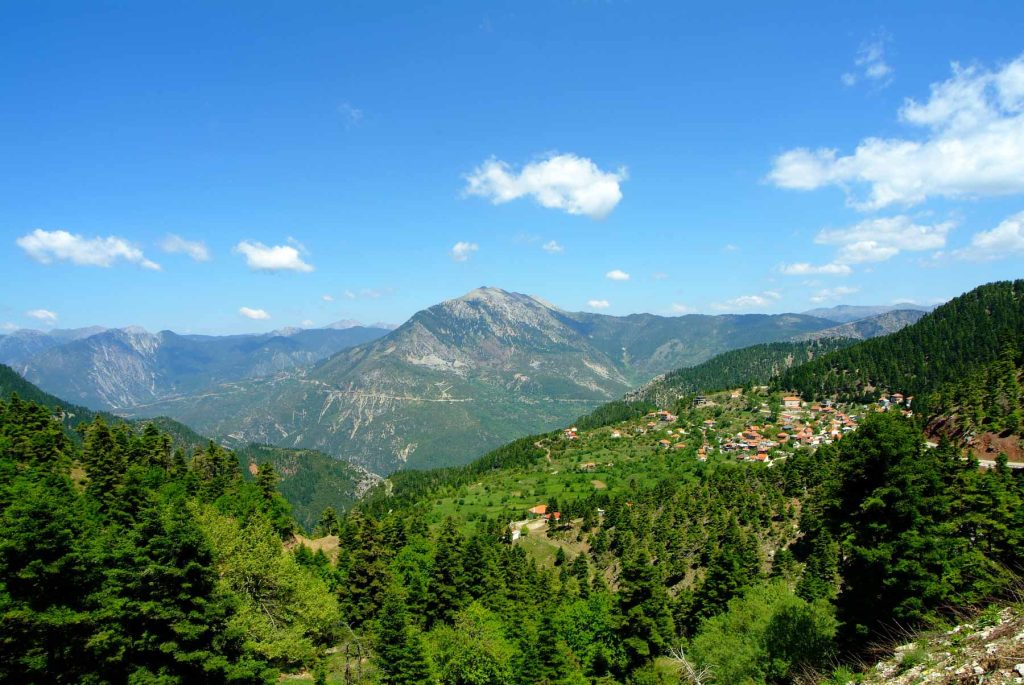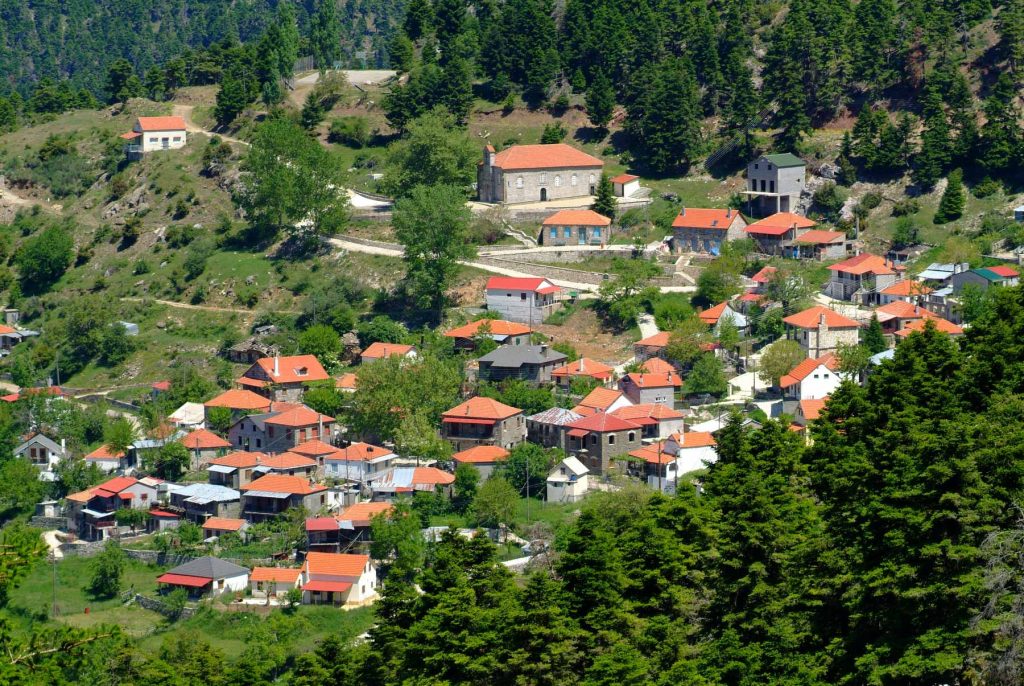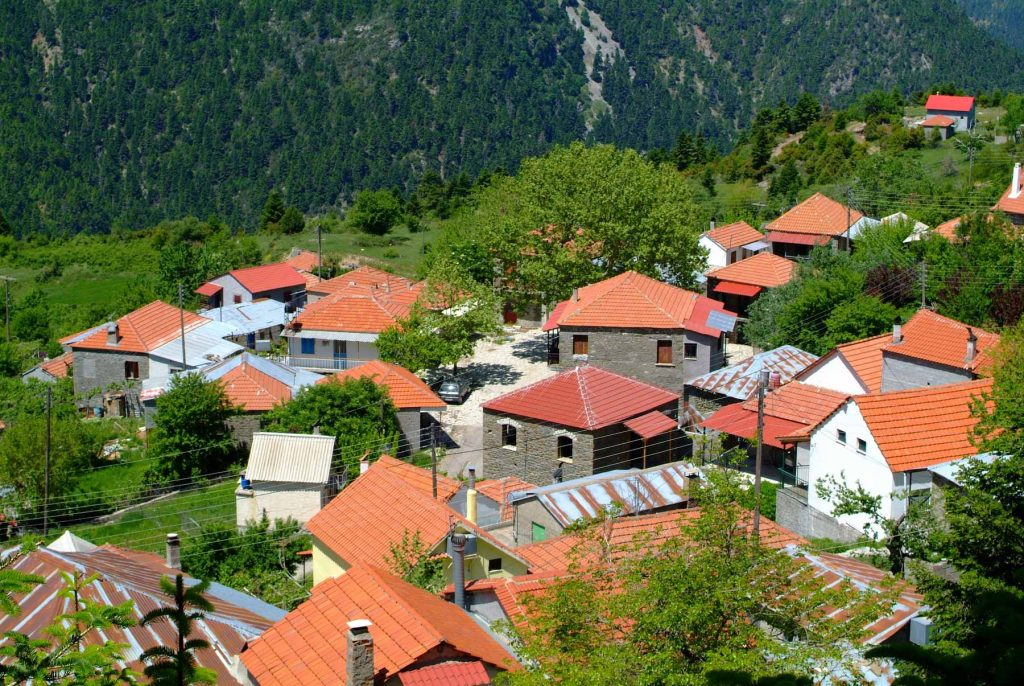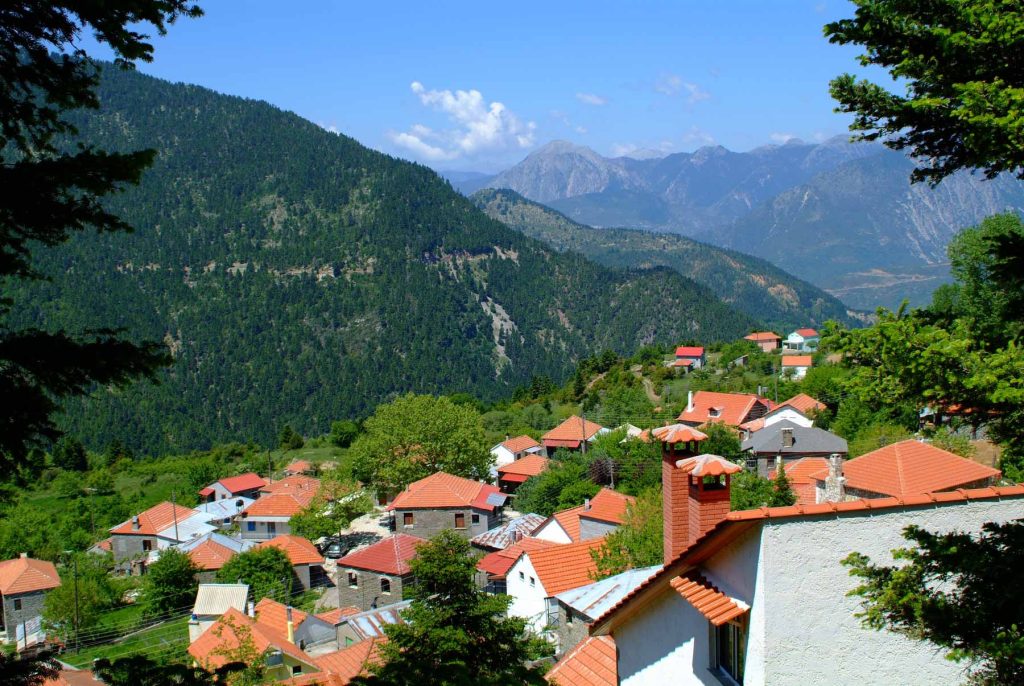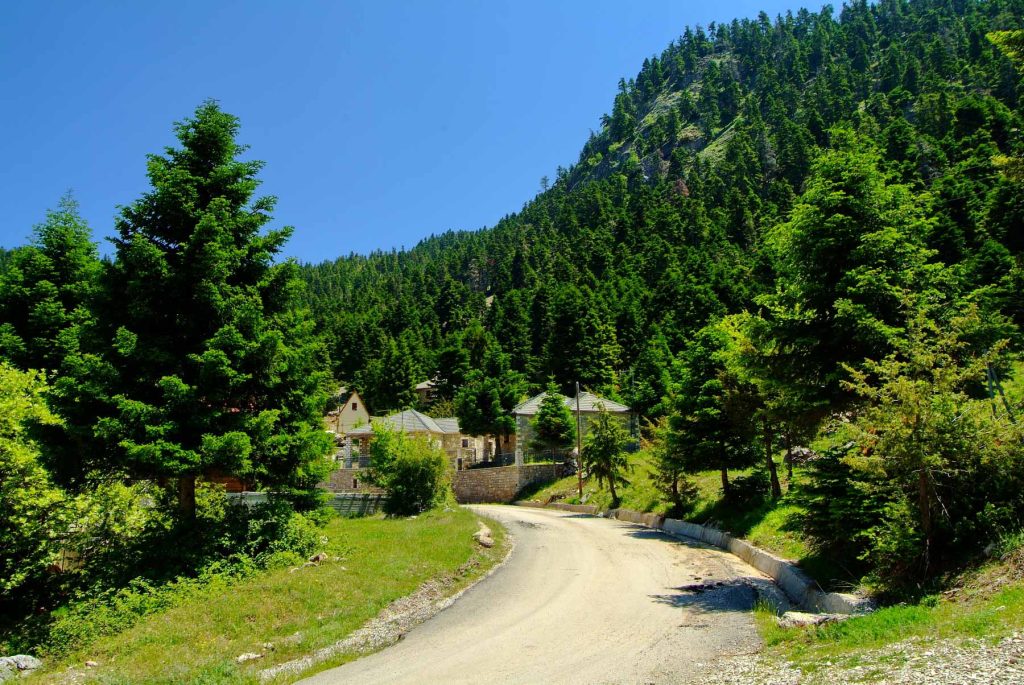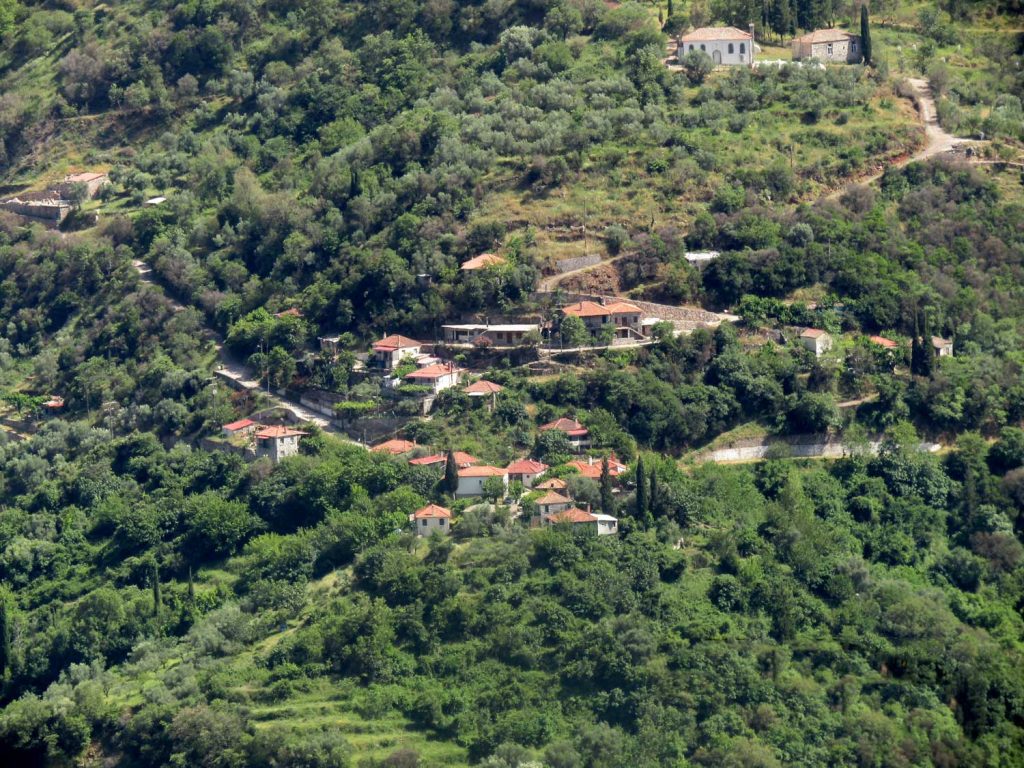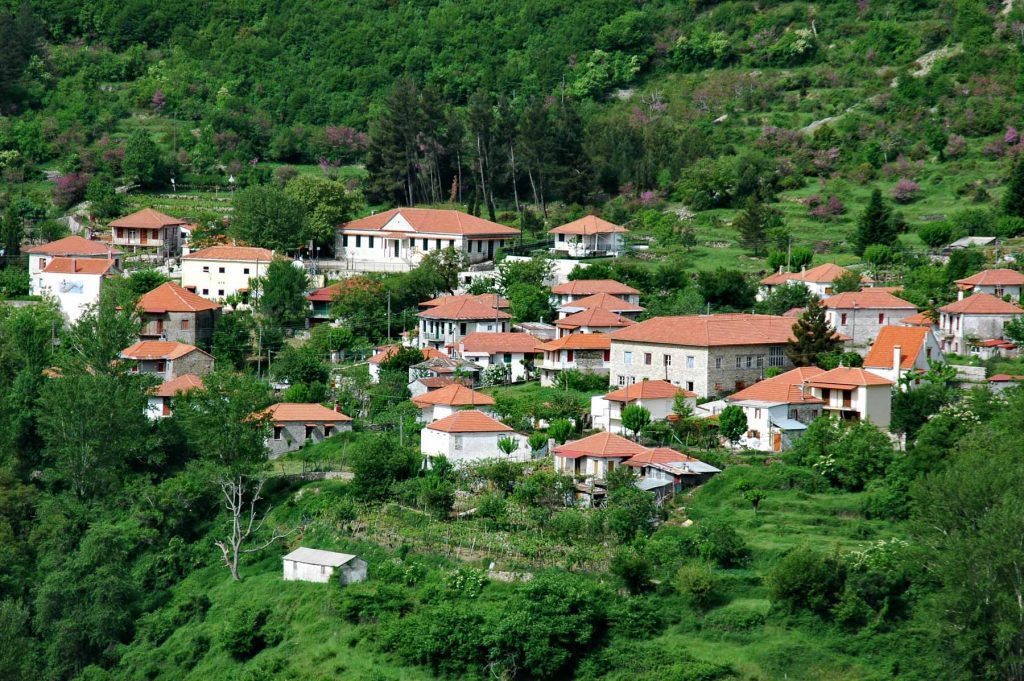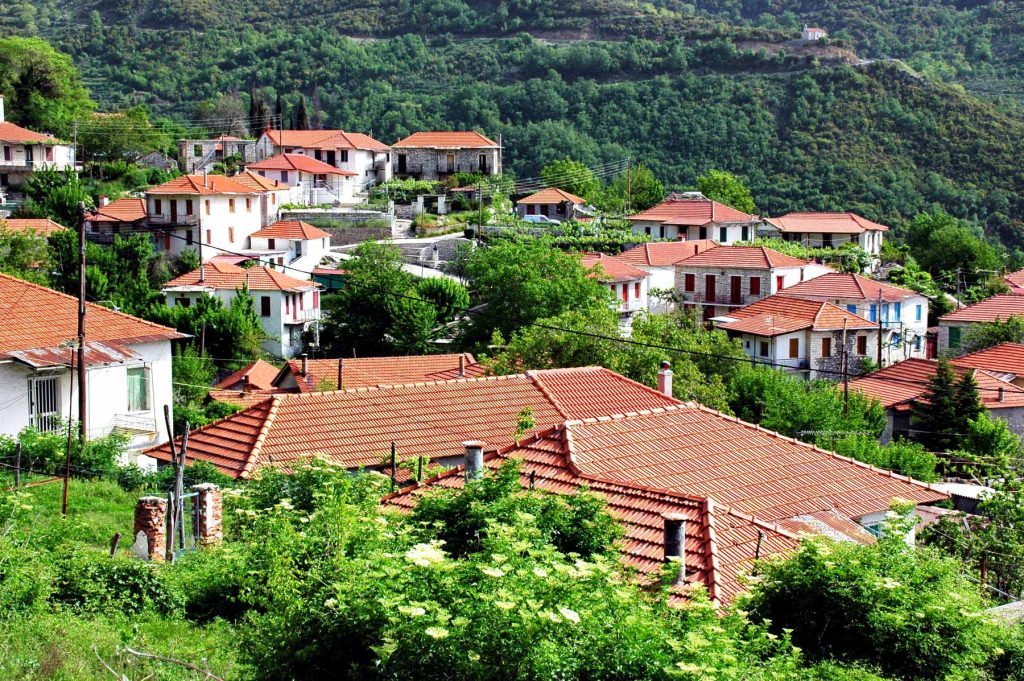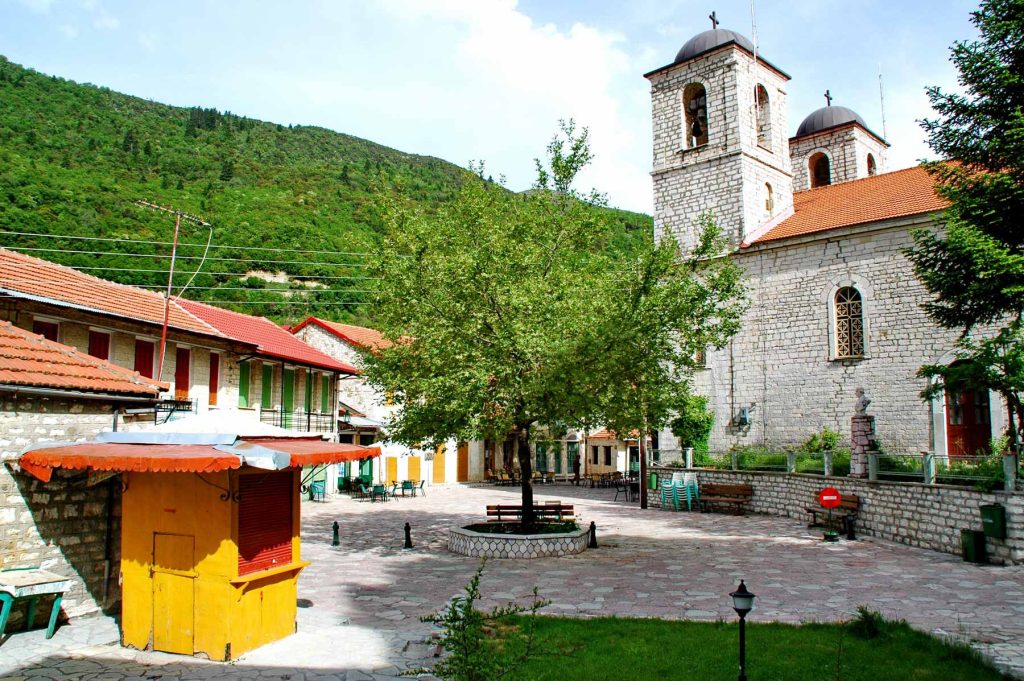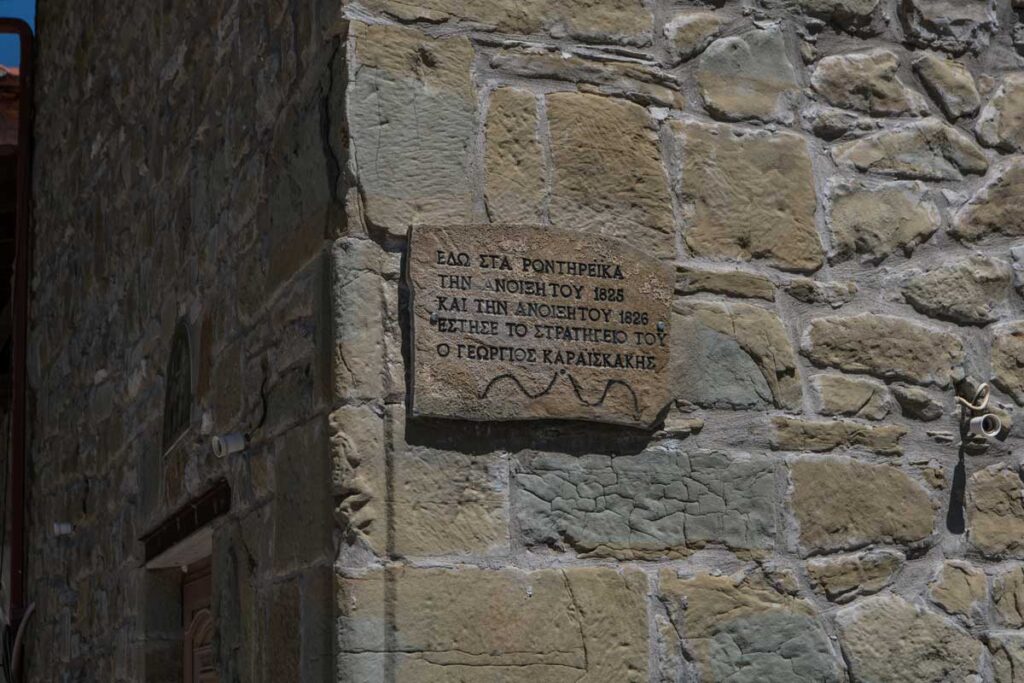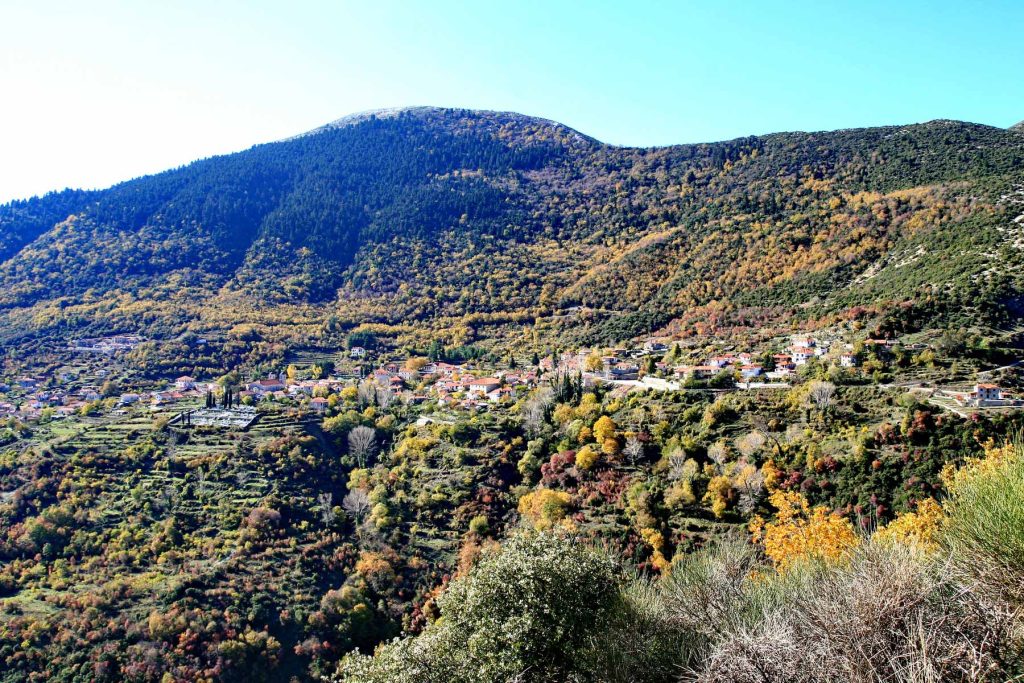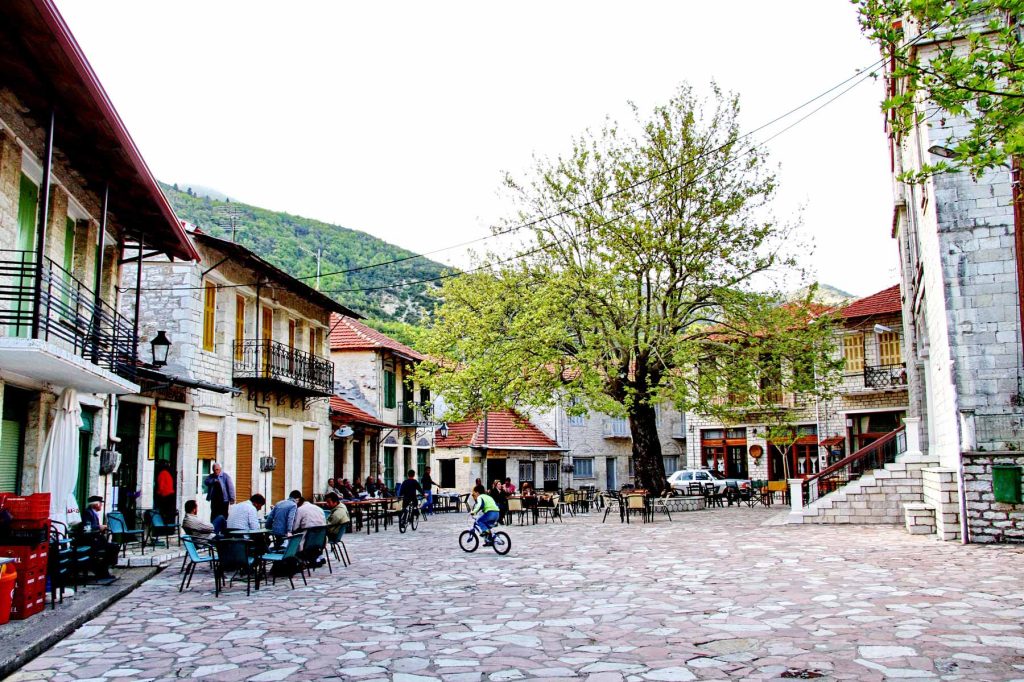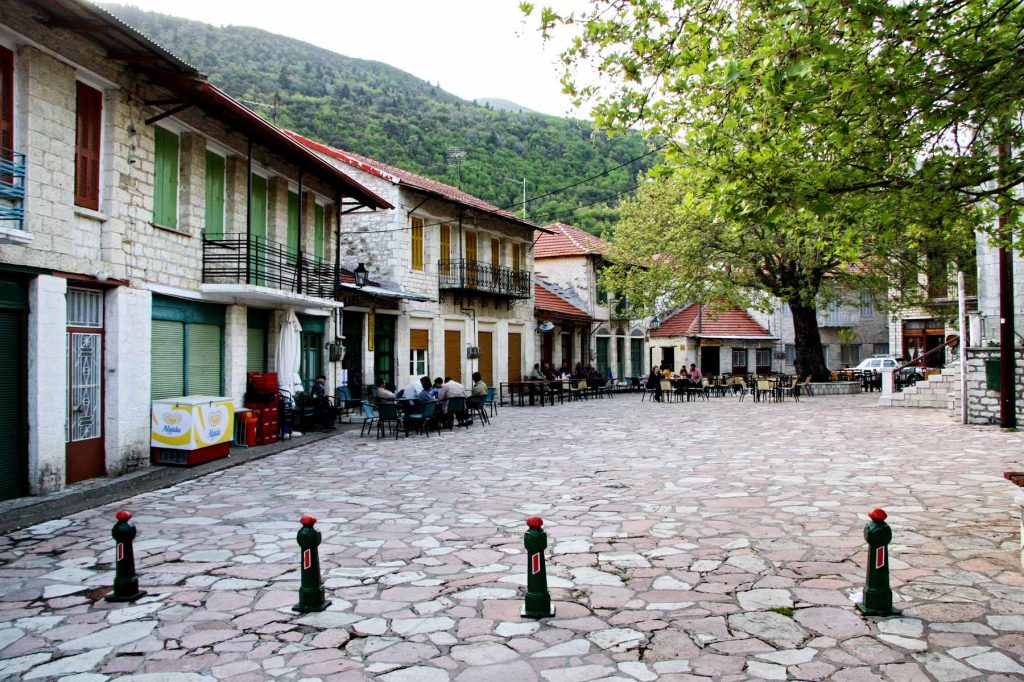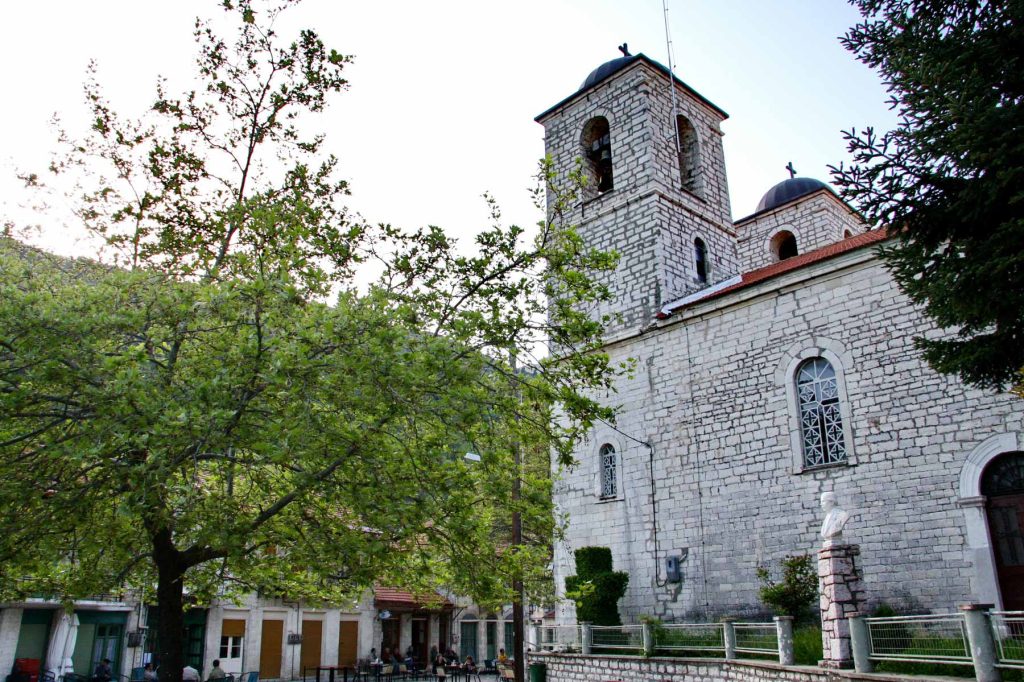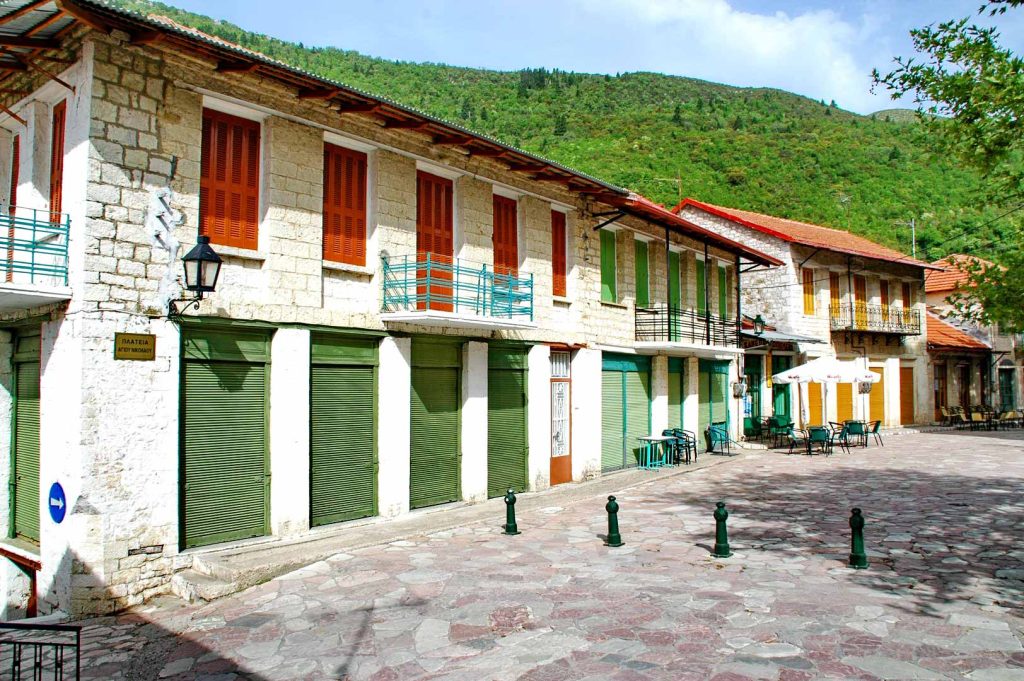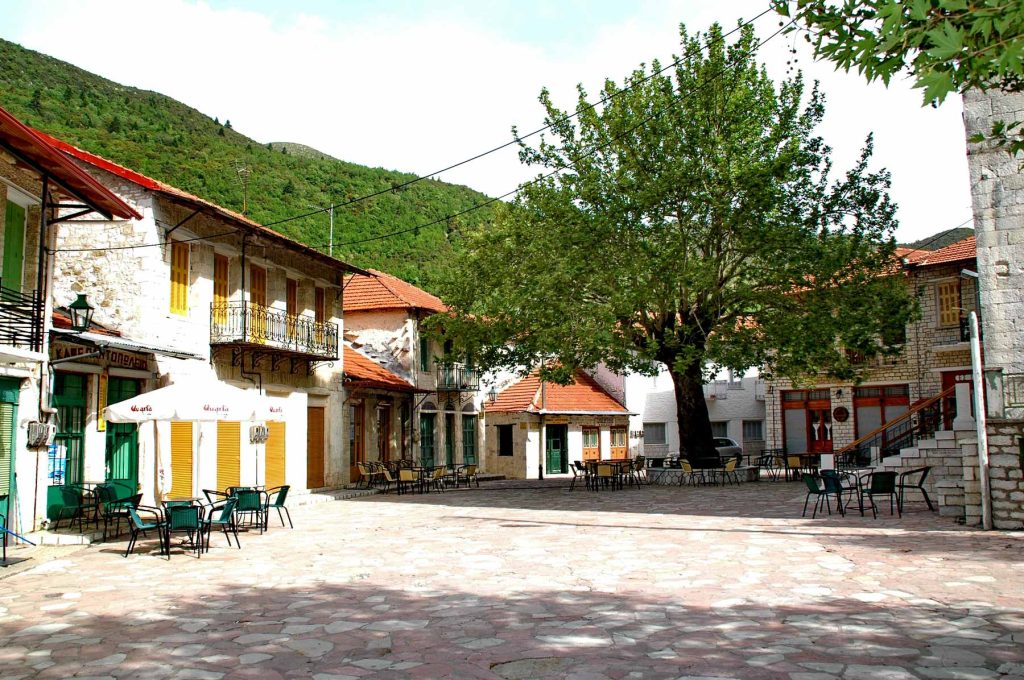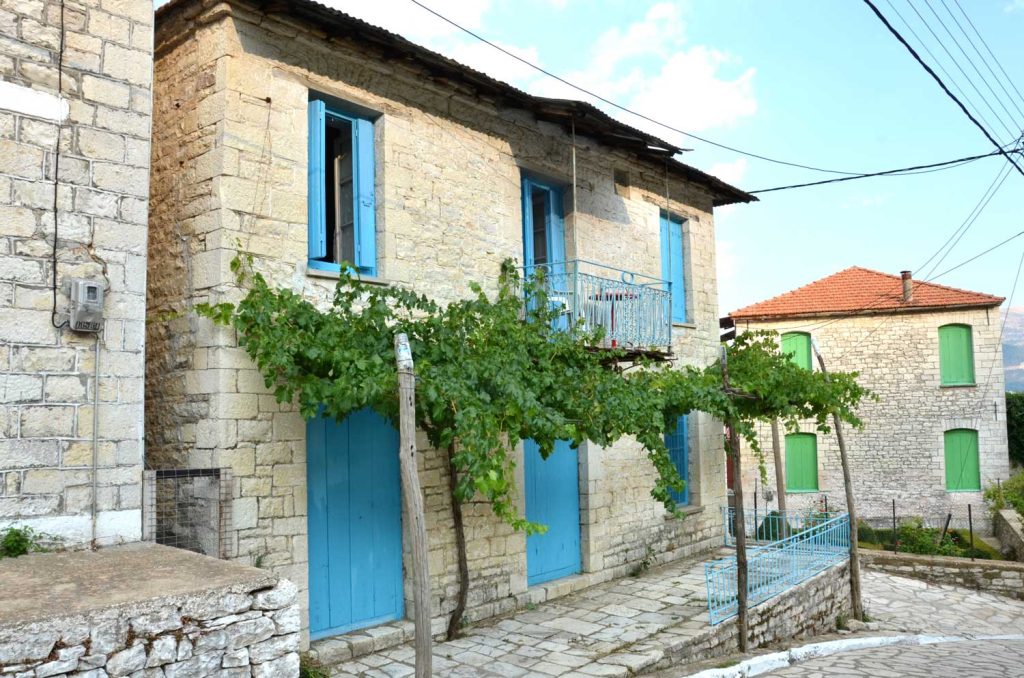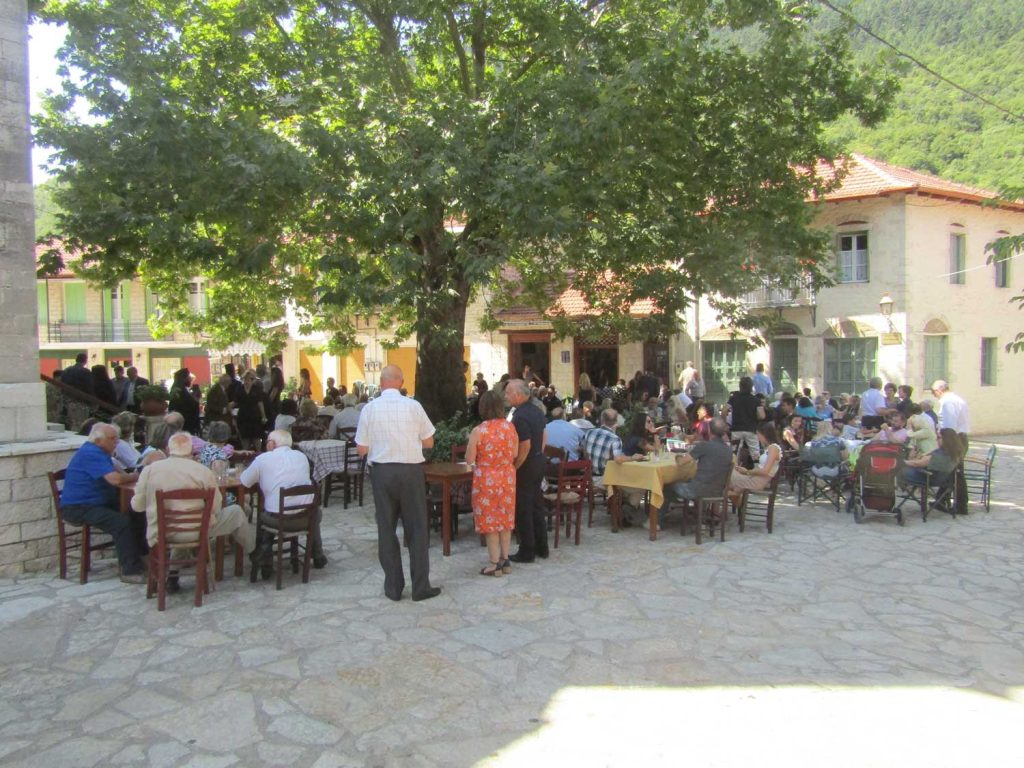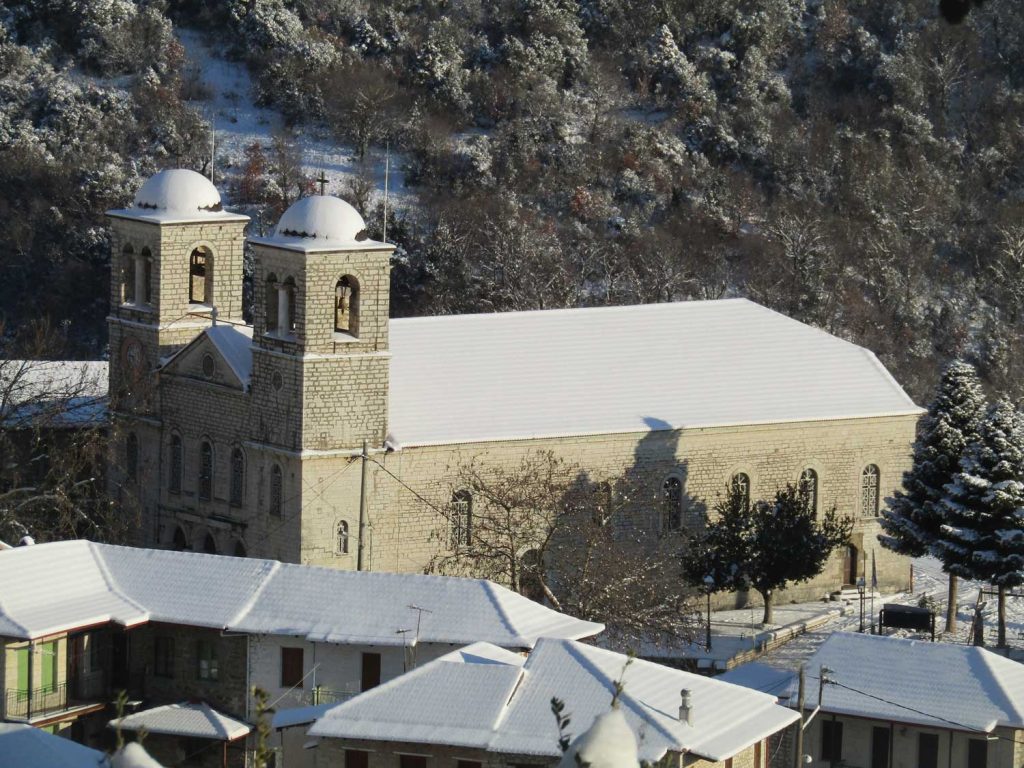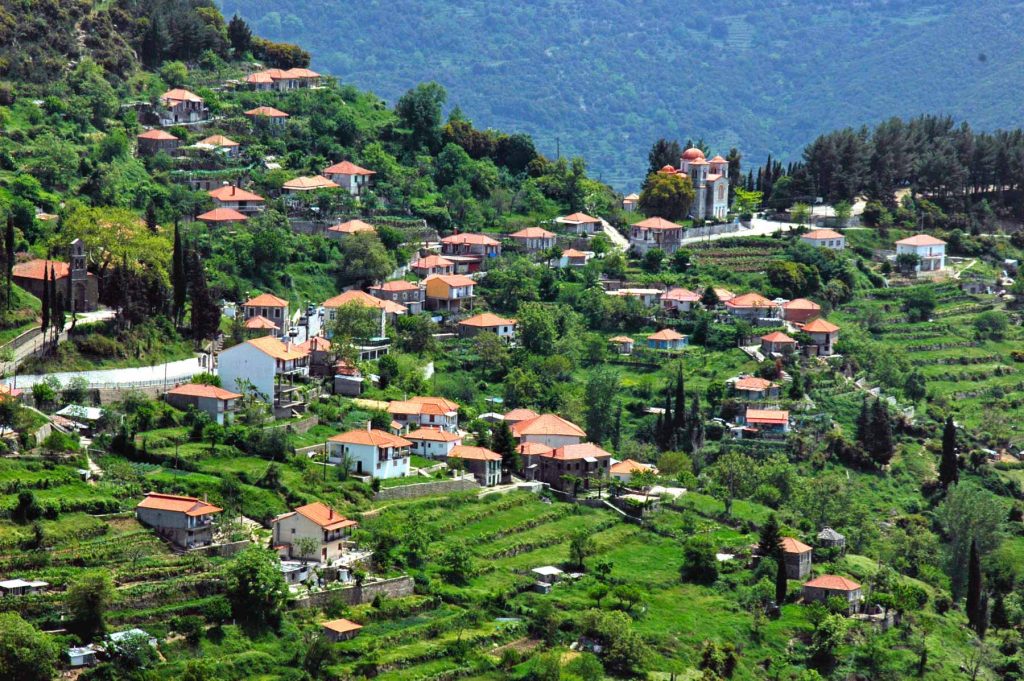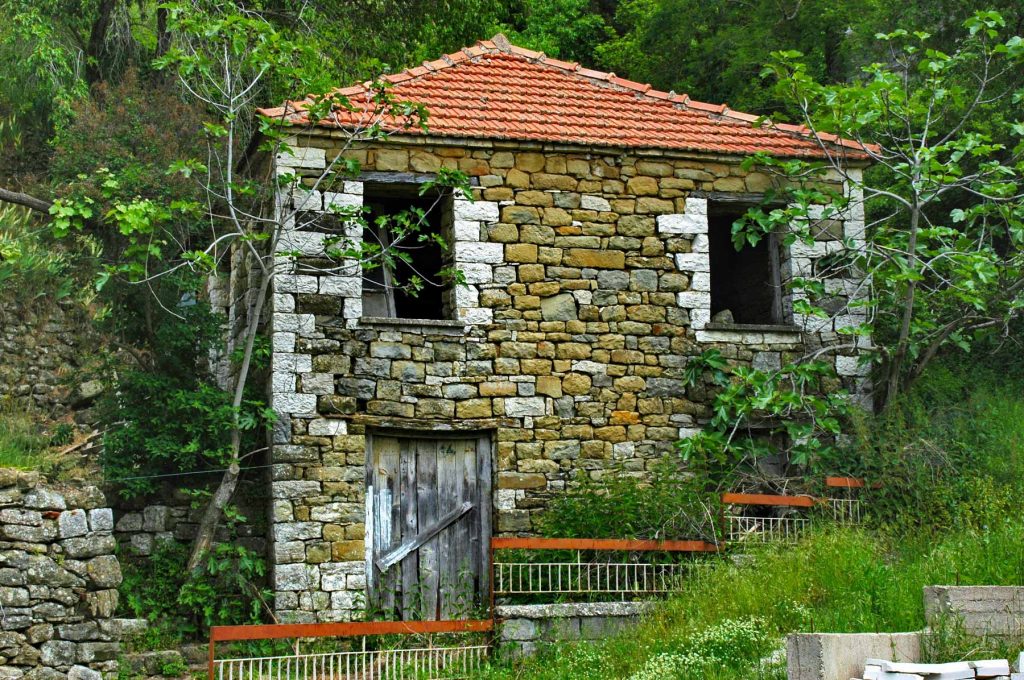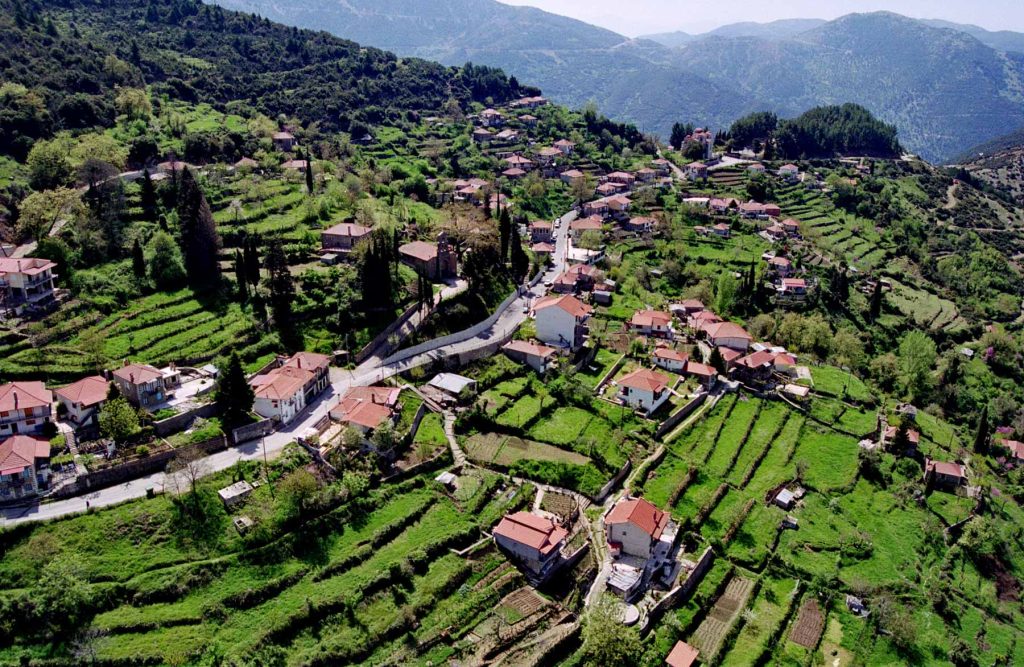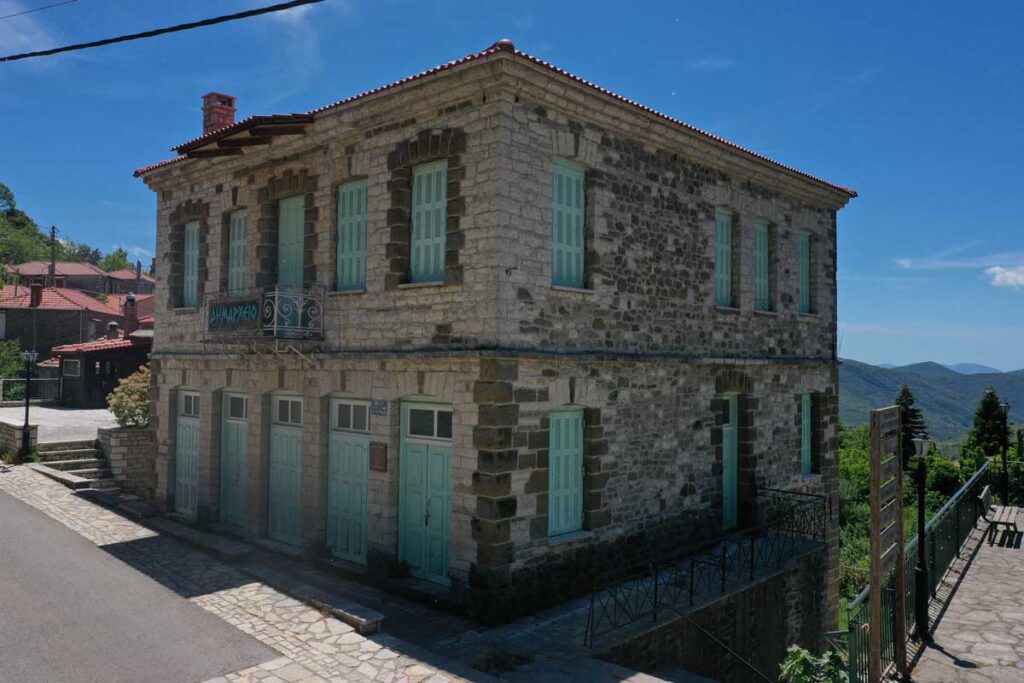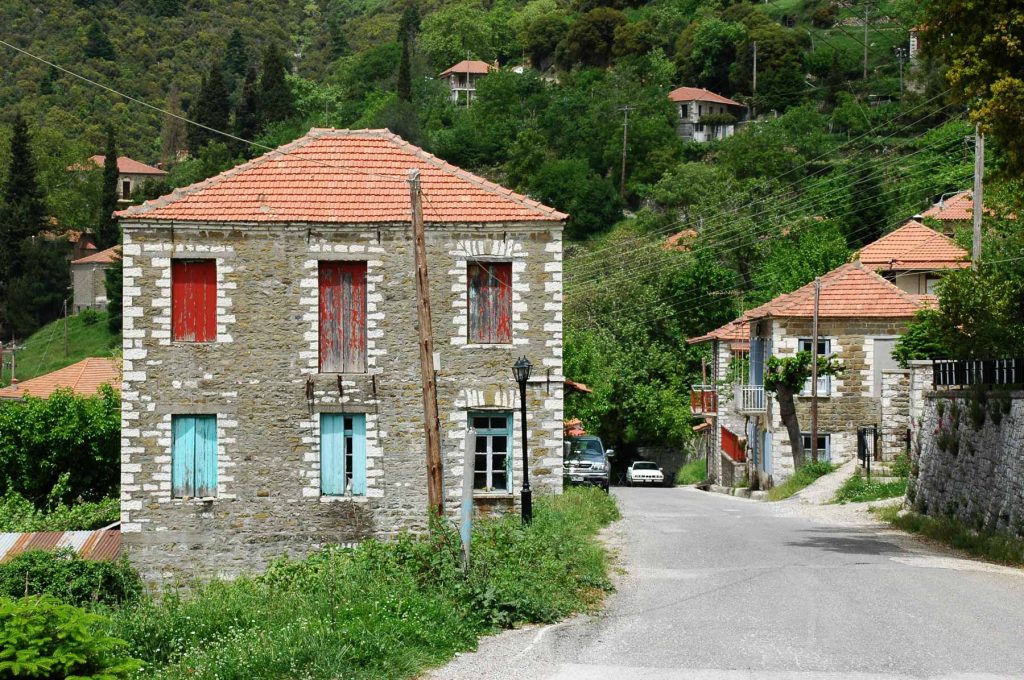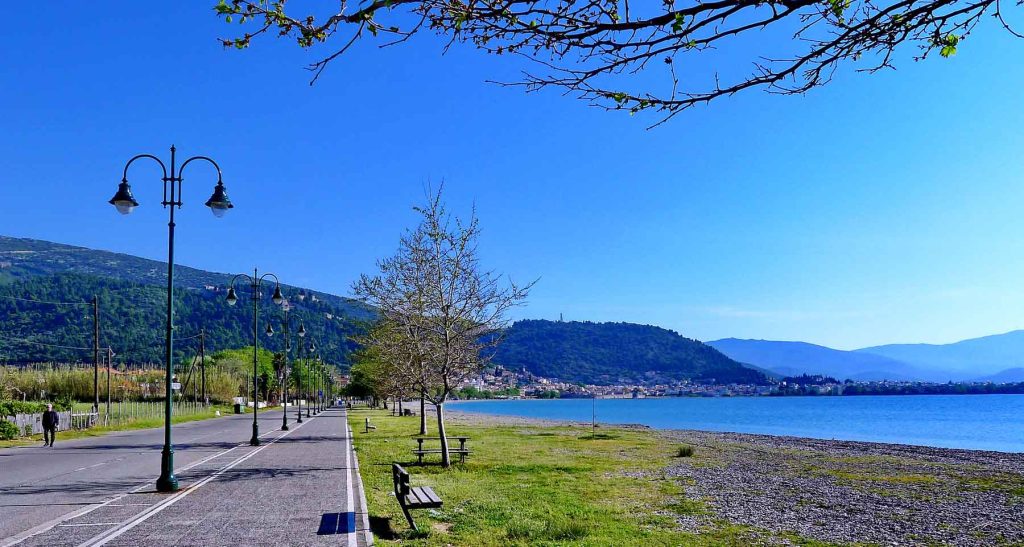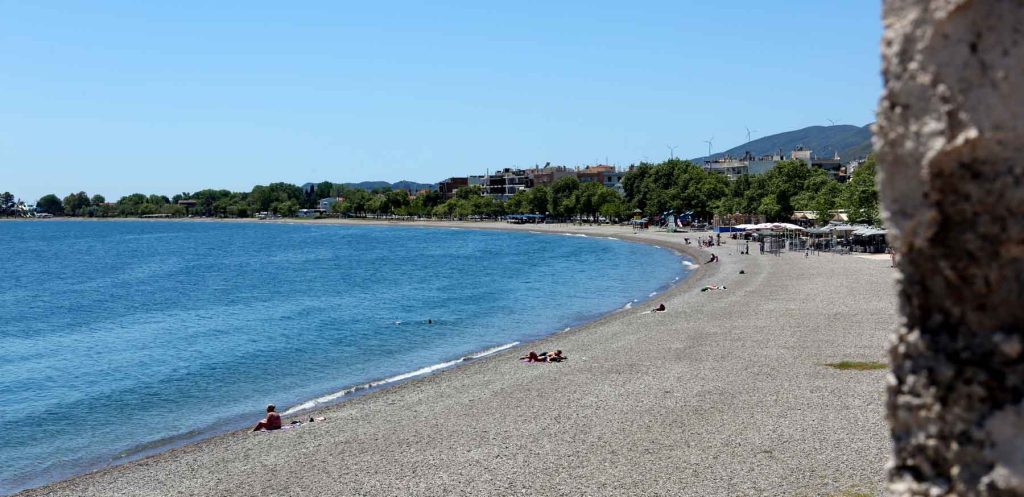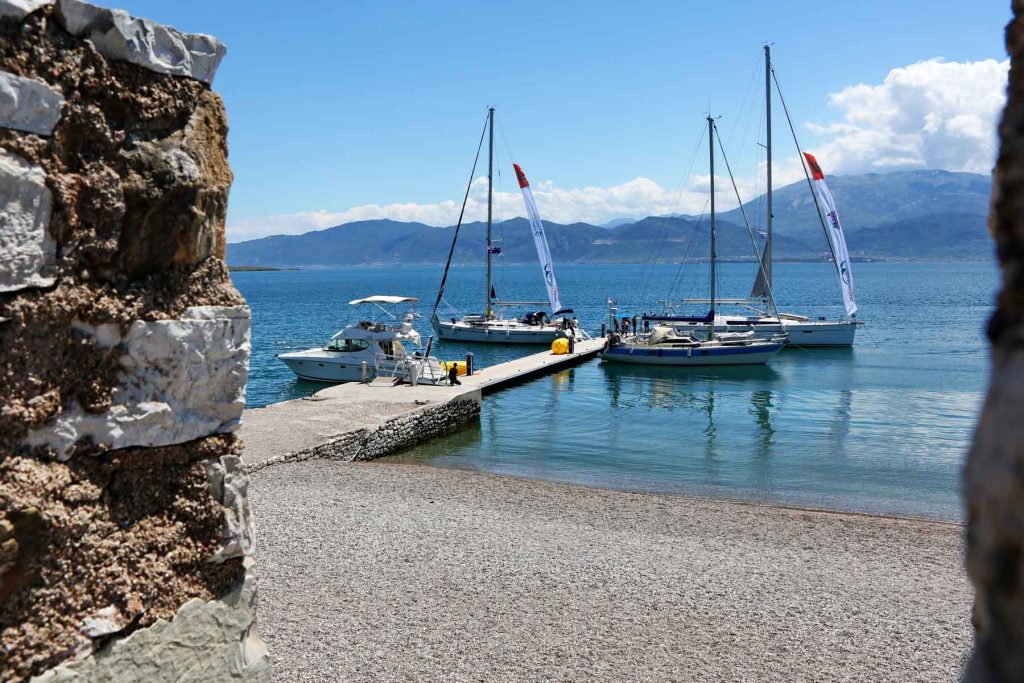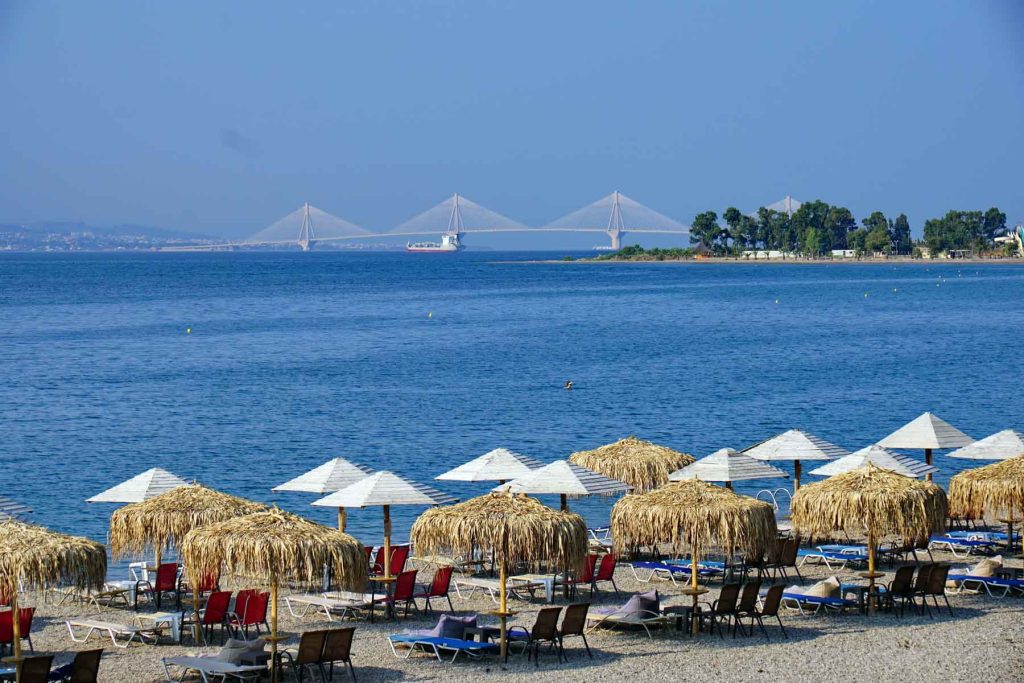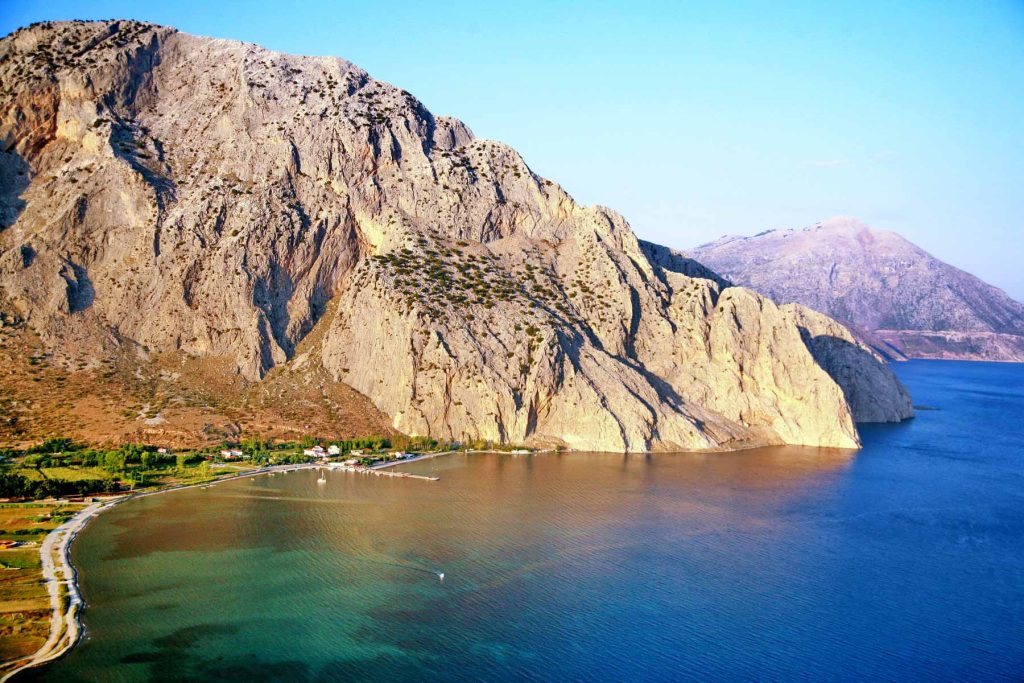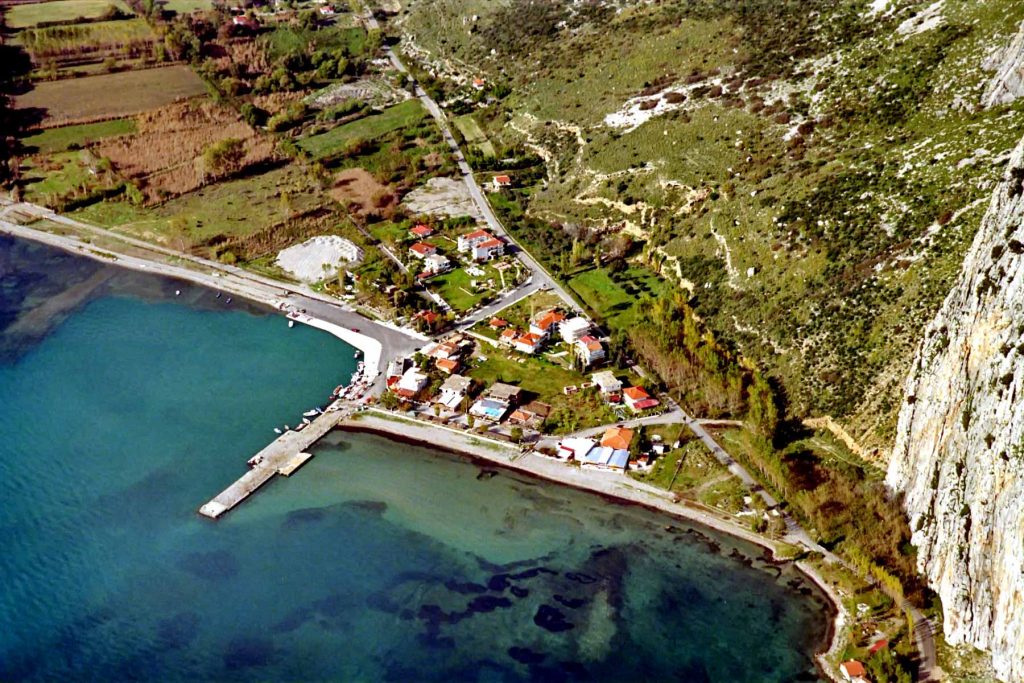- Culture
Everything you need to know about the cultural activities in Nafpaktia.
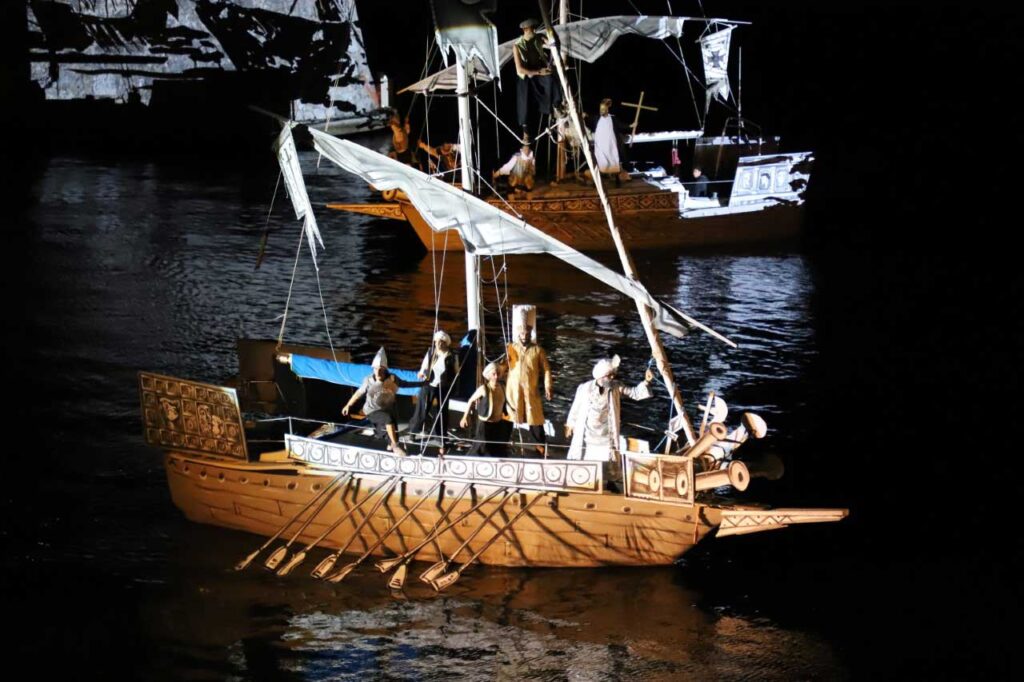
The wider region of Nafpaktos is full of archaeological sites and monuments from different eras, while in summer there is a rich cultural activity not only in Nafpaktos but also in the surrounding areas (Antirio, Kato Vasiliki, Galatas beaches), which includes artistic and sporting events.
A special event for Nafpaktos is the celebration of the anniversary of the Naval battle of Lepanto. The anniversary is celebrated every year with all its grandeur on the first Sunday after the 6th of October. Ambassadors, foreign missions, delegations of authorities and organizations, warriors dressed in traditional medieval costumes and large crowds gather to watch the re-enactment of the naval battle. At the same time, various events (art exhibitions, speeches, sports events, etc.) are organized throughout the week, concerning history and culture.
Almost all villages carry out summer events and wonderful festivals, that reward local people and visitors, for the purpose of entertaining and reviving customs. One of the most important ones is the fairs on 15 August for the celebration of Virgin Mary, which is celebrated widely in the mountainous villages Nafpaktia, and the fairs that take place in Easterand for the celebration of Saint Demitrios, the town’s patron Saint. These festivals retain their traditional character and are very successful as they attract both tourists and locals.
Traditional feasts
The tsipouro and chestnut festival
The tsipouro and chestnut festival is held every year on the second weekend of October, in mountainous Nafpaktia. Chestnuts from the region, offered plain or as a spoon sweet and tsipouro made by the local residents are offered at this feast. Housewives usually steal the show, with the local sweets they offer to guests, such as the delicious loukoumades.
The Kousmari
The Kousmari: The Tsopanaraion Festival takes place 50 days after Easter, on the day of the Ascension, in the mountain villages of Nafpaktia. Every year on this day, before anything else, the priest of the village goes around to all the sheep sheds and blesses them. The herder of each sheep shed must then sacrifice one of his animals, “to blood his shed” as they say in the area. Then he roasts that animal and offers it to guests. In addition, the milk collected on the day before the sacrifice is made into cheese, which is offered with the roast meat. Traditional pies and delicacies are also made for this celebration, while wine flows plenty!
In the feasts…Live the experience of the “trade fairs” in Nafpaktos….
From 1867 to today, on the day of St. Demetrios (26 October), the patron saint of the city, the largest trade fair of Roumeli begins in Nafpaktos, the famous “Nafpaktos Trade Fair"! For a whole week, merchants and traders from Nafpaktos and from all over Greece "bargain" and sell their goods at low prices. For the older ones it is an opportunity for shopping and 'bargaining' and for the young ones to have fun at the amusement park. Don’t forget to walk around the fair and try the cotton candy, the loukoumades (fried dough balls with honey), the halva and of course delicious souvlakia. Don't miss the local specialty "roast suckling pig". For a full week the music, smoke and smell of the suckling pigs fill the whole city!
Attractions
Asclepion Sanctuary
The Asklepieion of Nafpaktos, an ancient sanctuary dedicated to Asklepios, the god of medicine and health, is located on the eastern edge of Tsoukari Hill, near the spring of Kefalovrysi, in an area outside the walls of the ancient city. Today, the only surviving parts of the sanctuary, are a raised terrace, approximately 15 by12 meters in area, shaped in the rock and a roughly smoothed natural rock, about 3,5 m high, which was used as a wall for the carving of inscriptions.
Fethiyé Mosque
The most important Ottoman Mosque of Nafpaktos is located in the eastern pier of the Venetian harbor. It was built after the occupation of the city in 1499 by Sultan Bayezid II Veli, and the name of Fetihye or Fetigihiye Mosque (Fethiye) means "the conquest Mosque". It is known in Ottoman sources and as "Bayezid Veli Mosque" (B yezid-I Veli C mii), named after the Sultan.
Ancient Makyneia
The secluded, walled citadel of the city was built probably in the 3rd century B.C. according to the archaeological findings to date, at a plateau in the location "Paliokastro", on the edge of the Mount Tafiassos (Paliovouna), with a view to Achaia and the strait of Rio-Antirio, so as to control the fertile farmlands to the south and west, where today we find the settlements of Makyneia and Riza. Southeast and outside the citadel, there is a small single arc-shaped theater that was probably also used as a parliament (bouleuterion). At a small distance north of the theatre, there is a large (17.20x5.80m) double prostyle temple that is non-identified yet as to the deity to which it was dedicated. Today, the ancient theater of Makyneia hosts performances of ancient drama during the summer.

